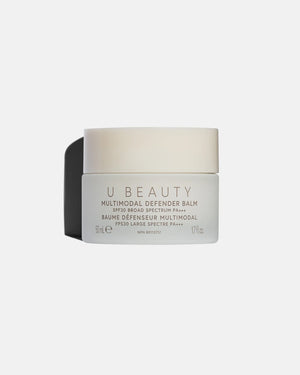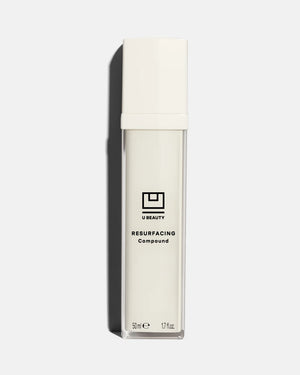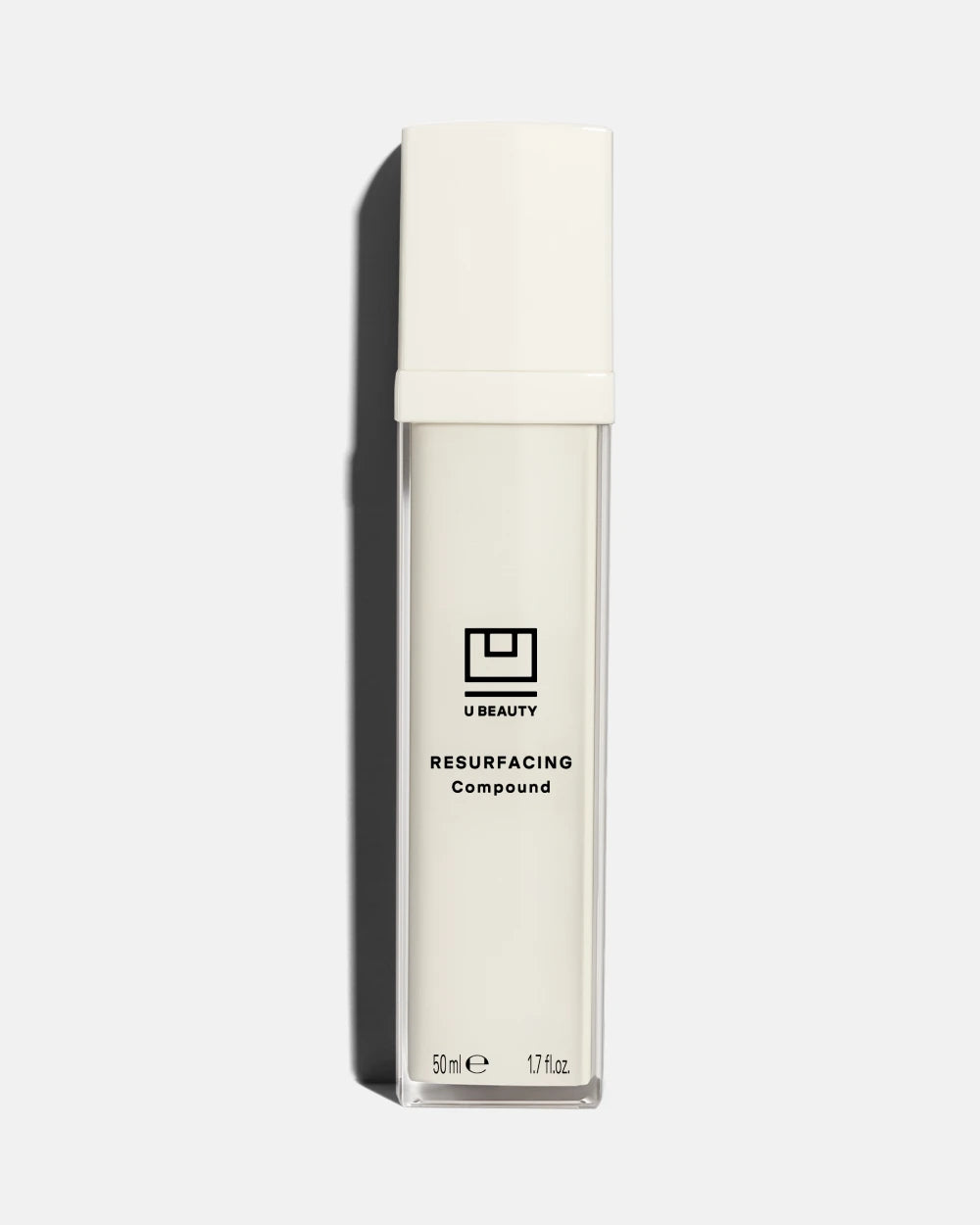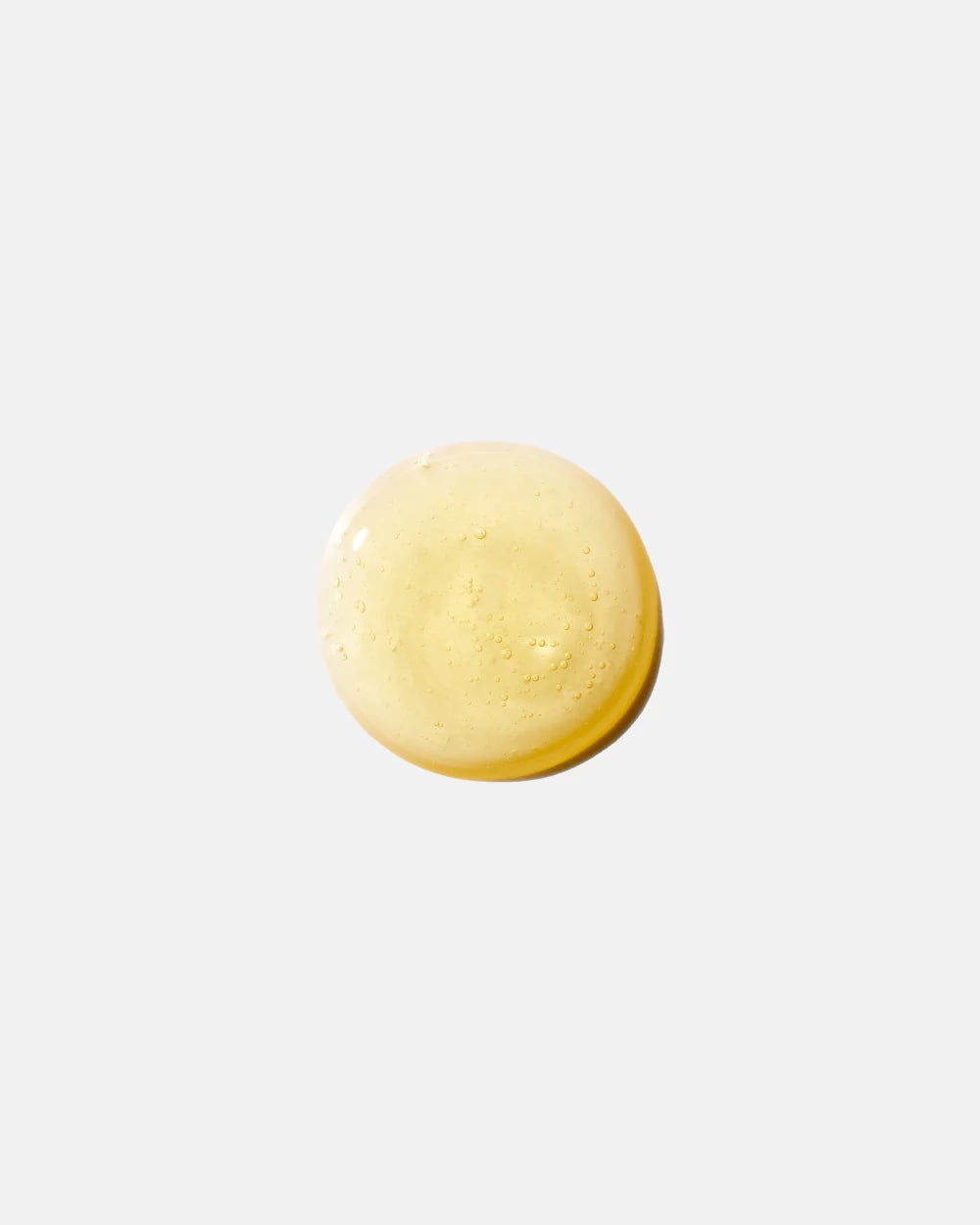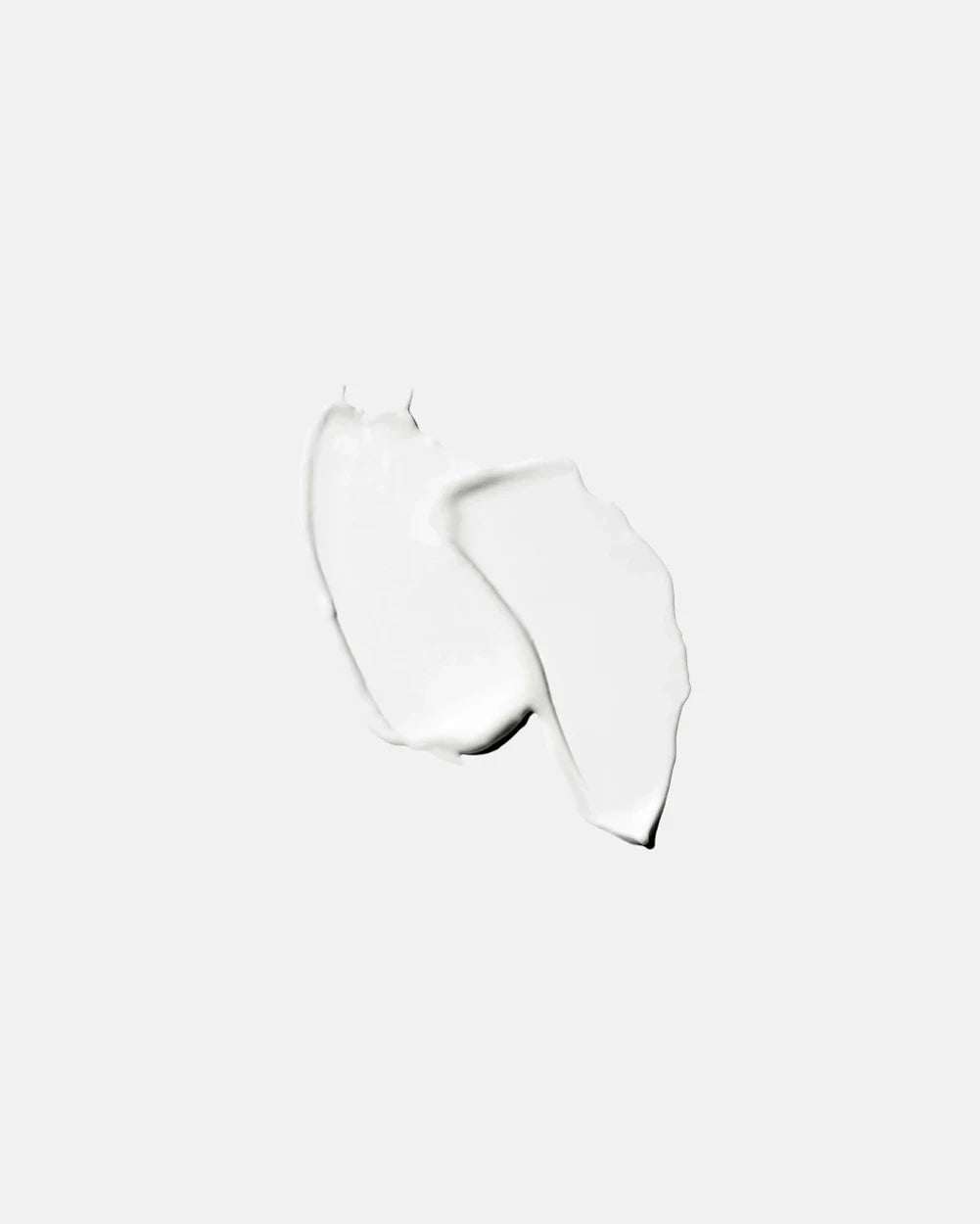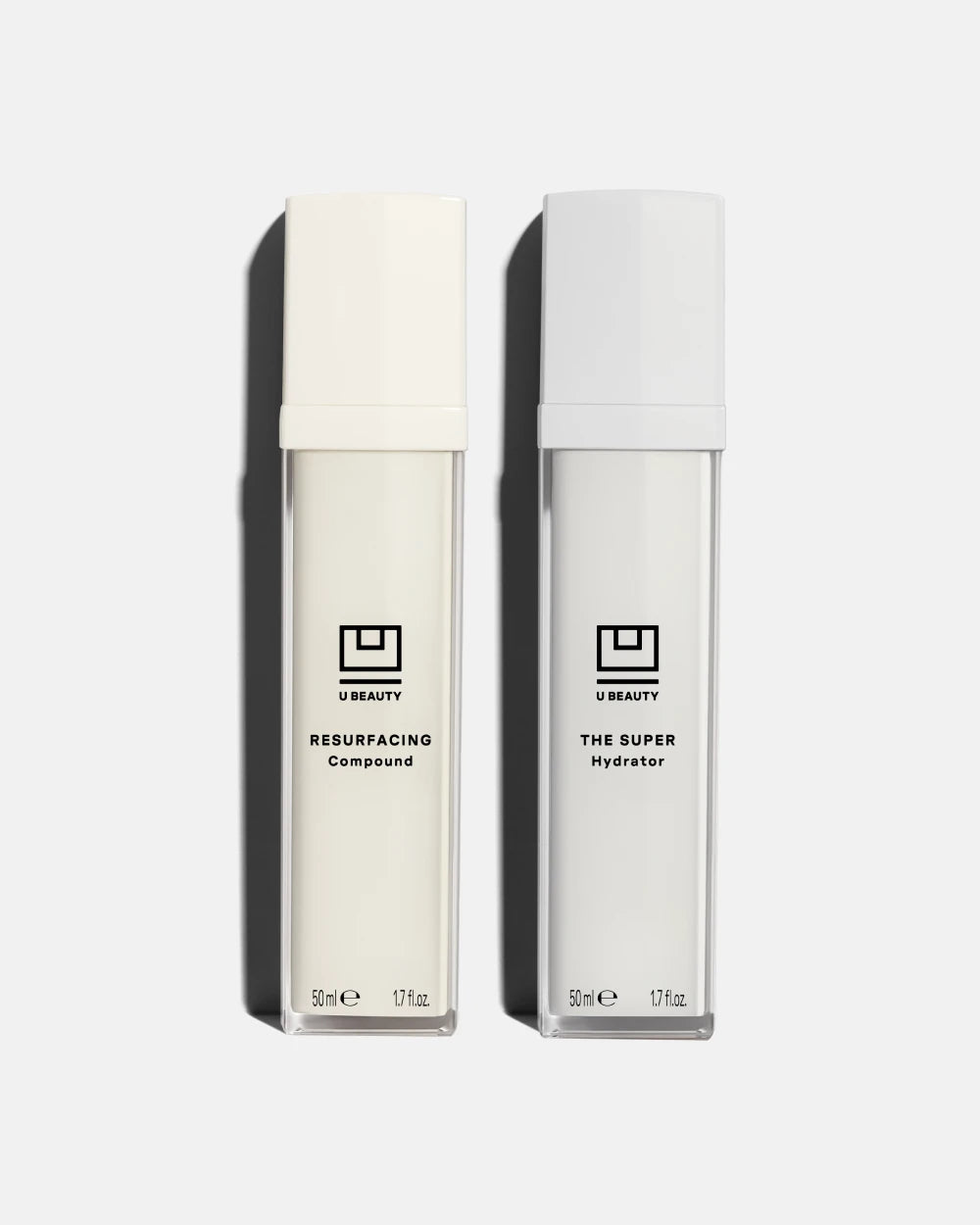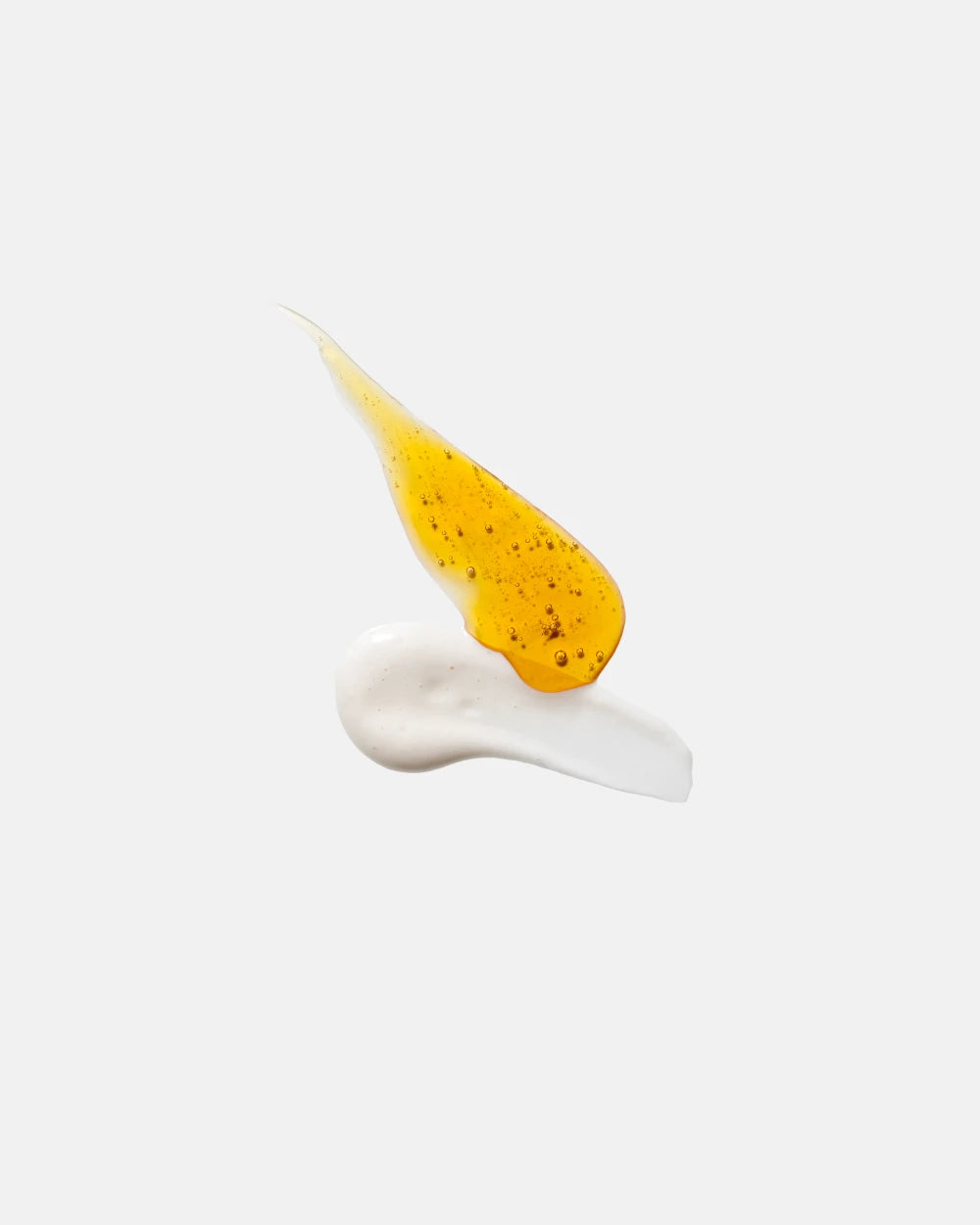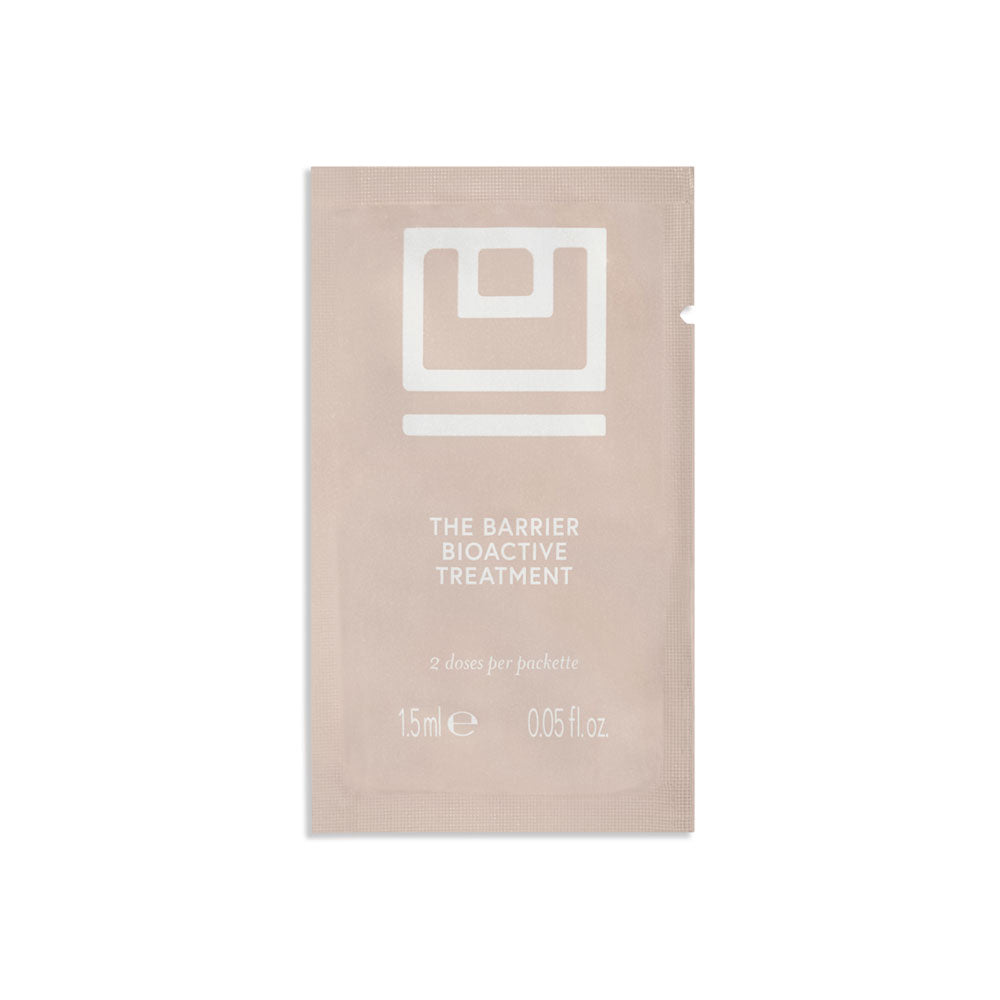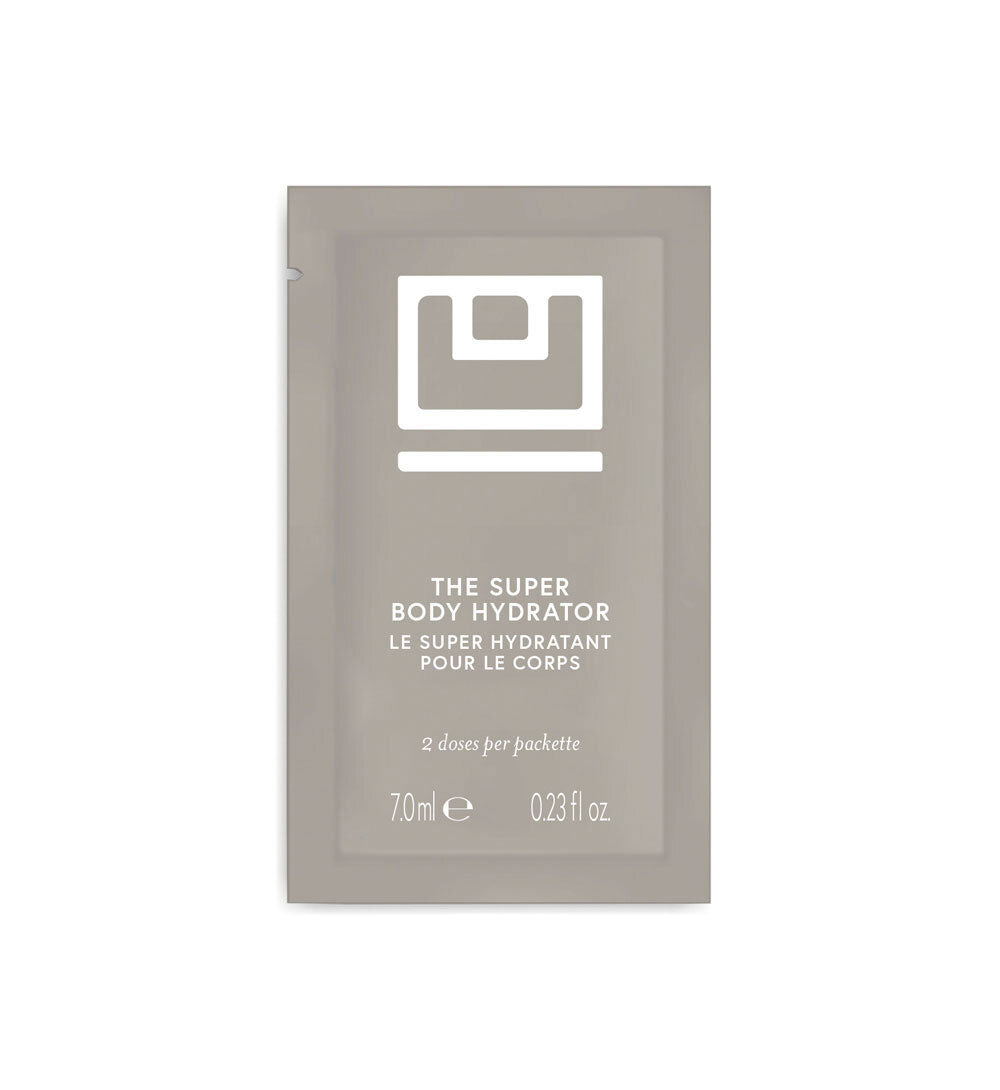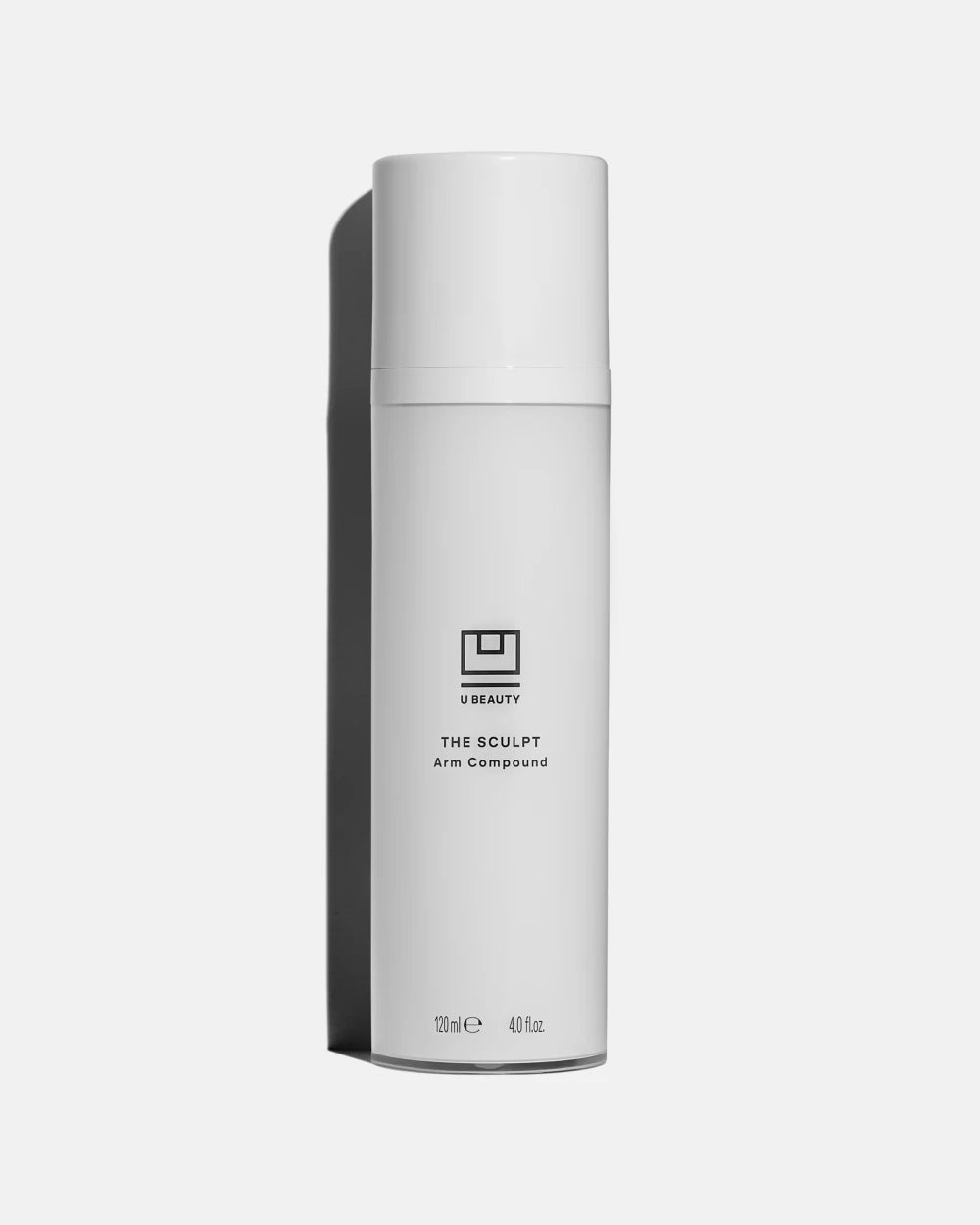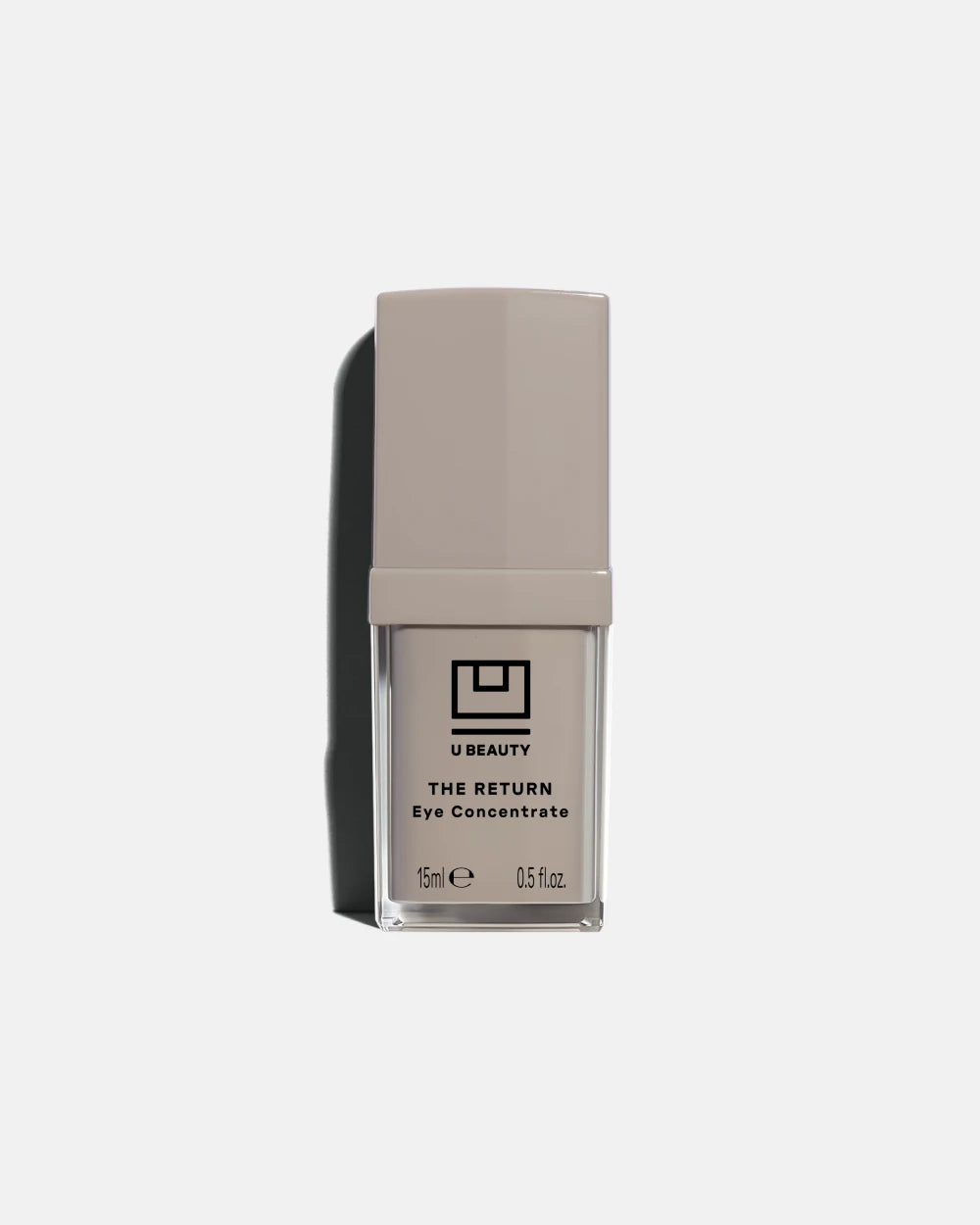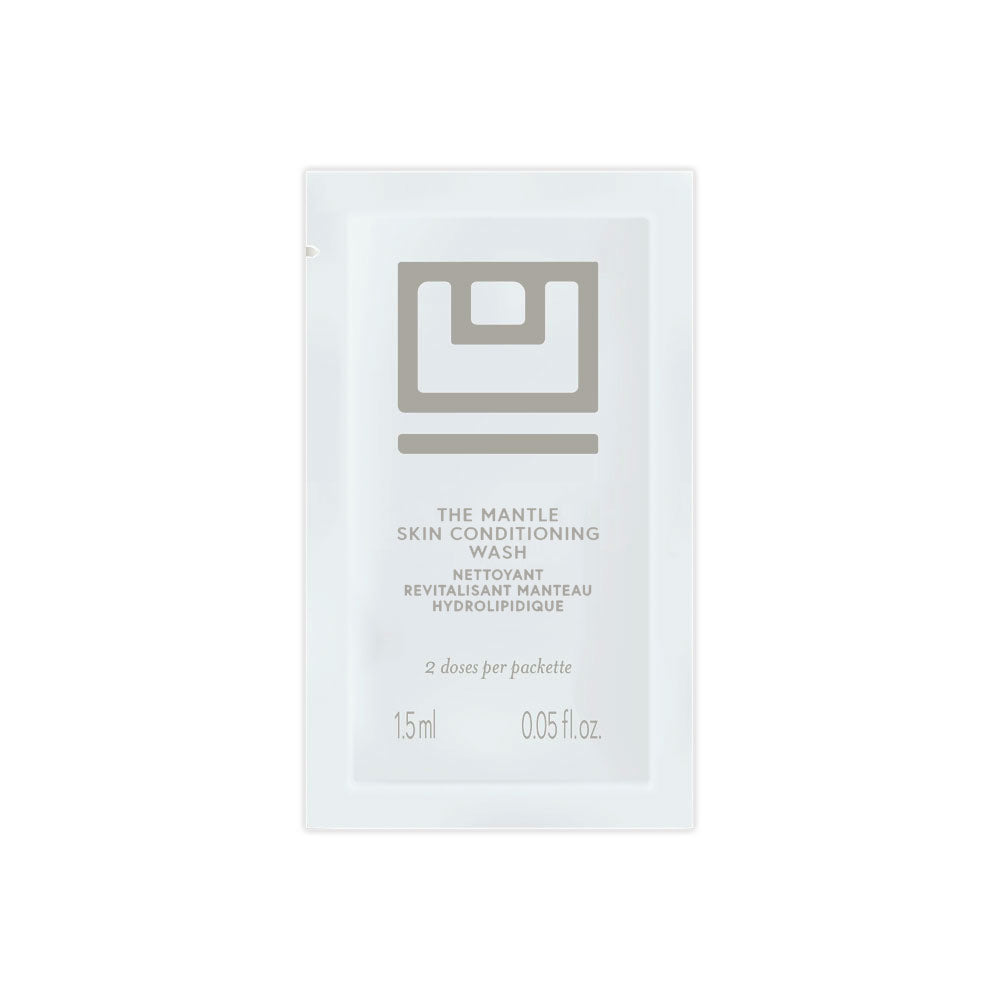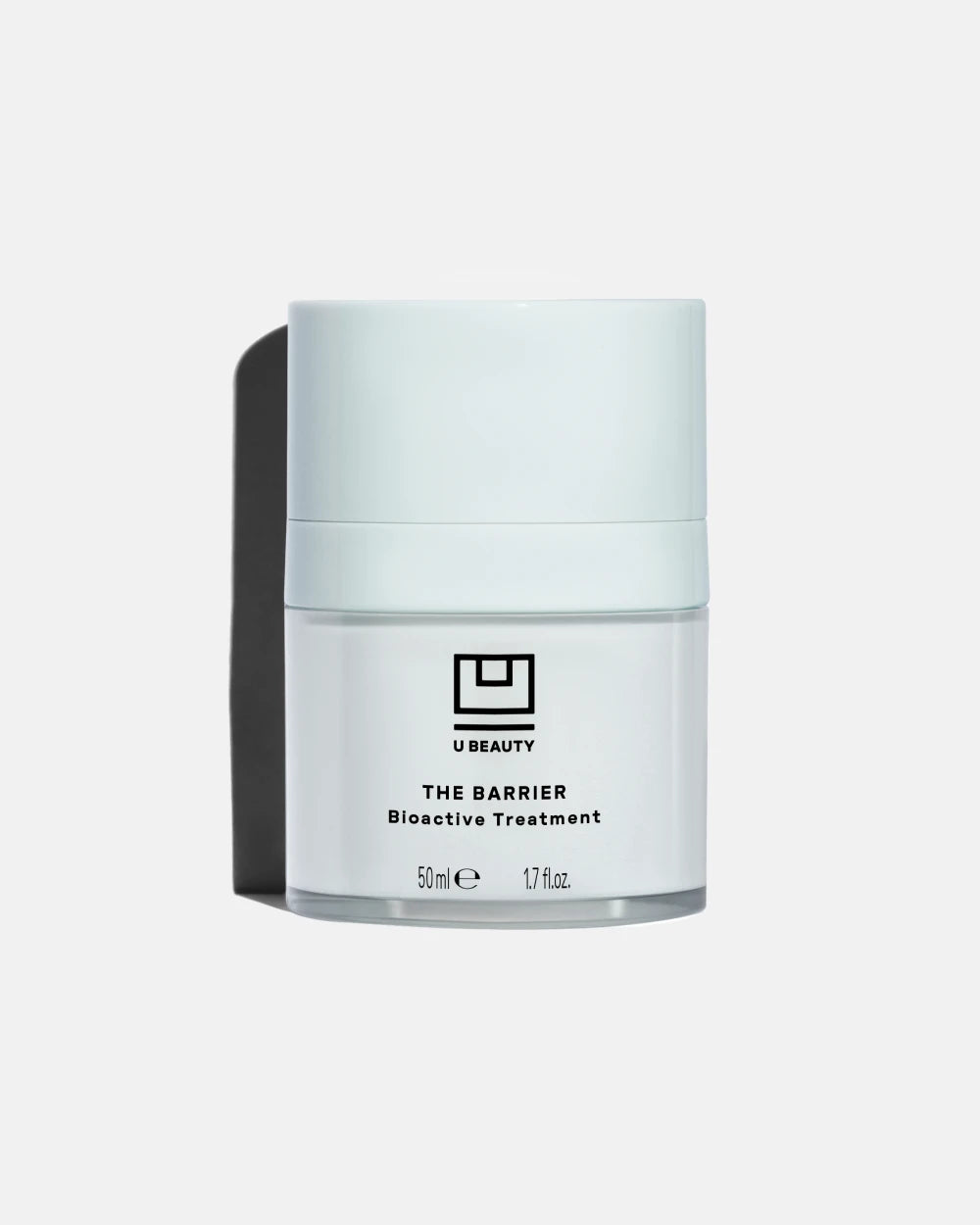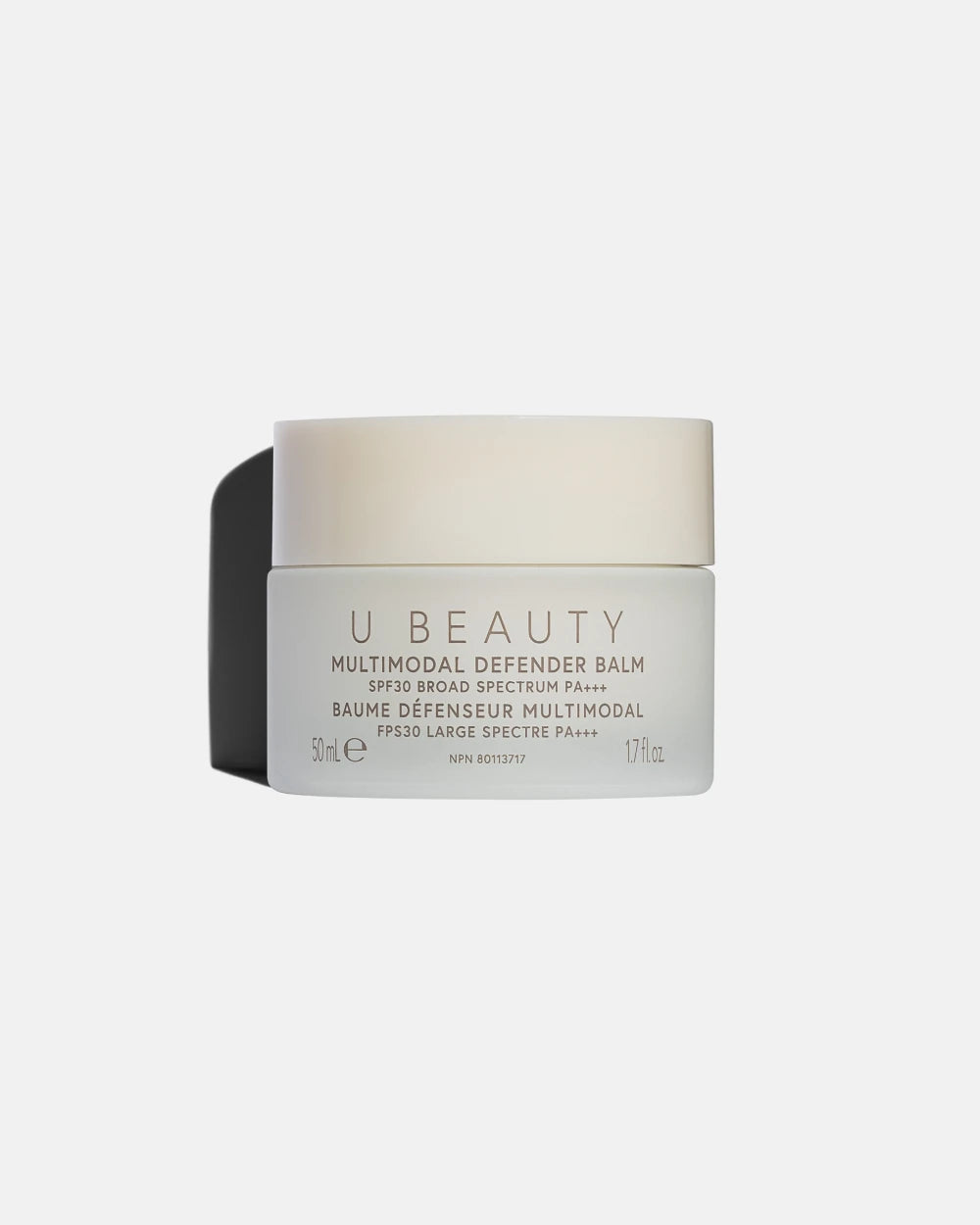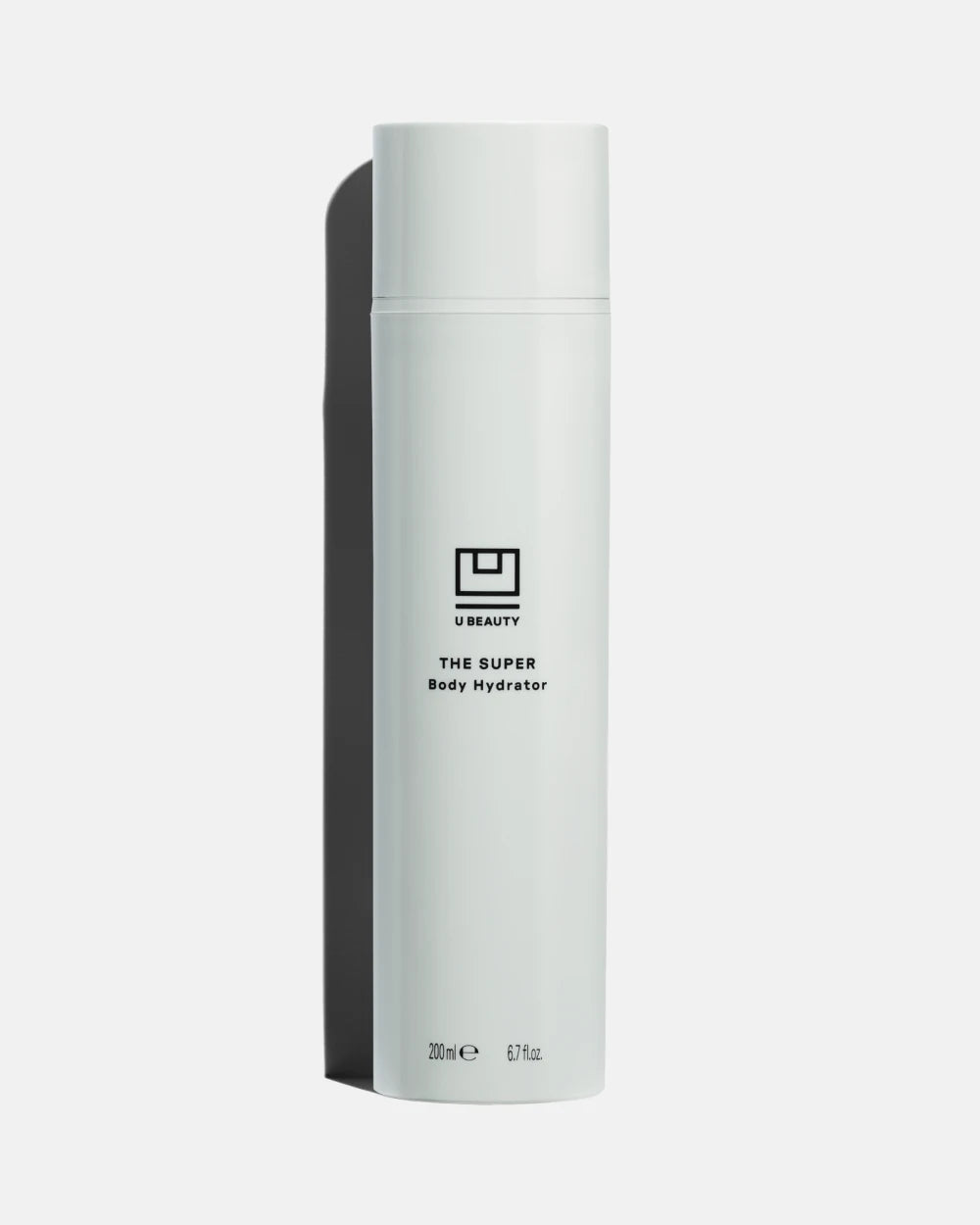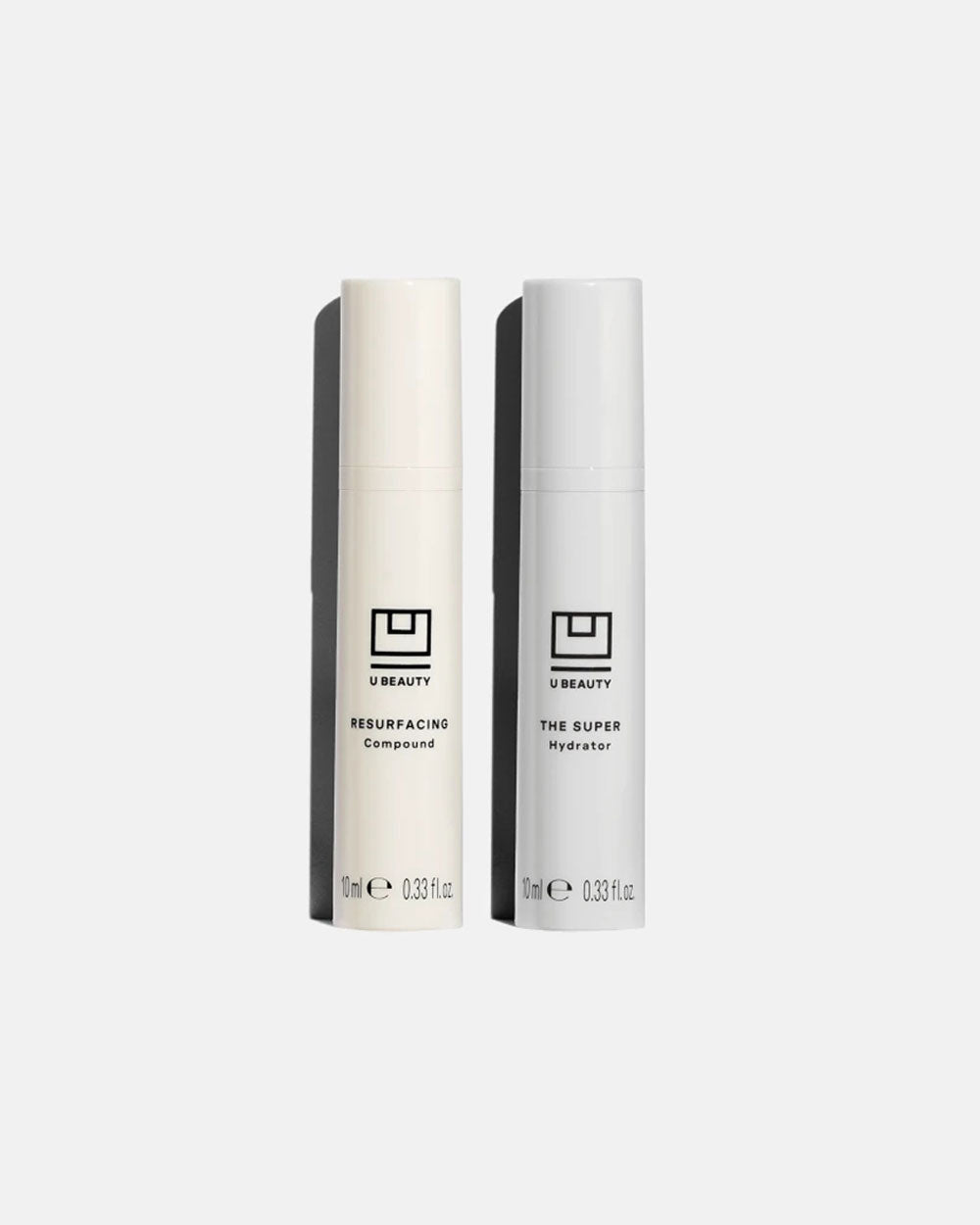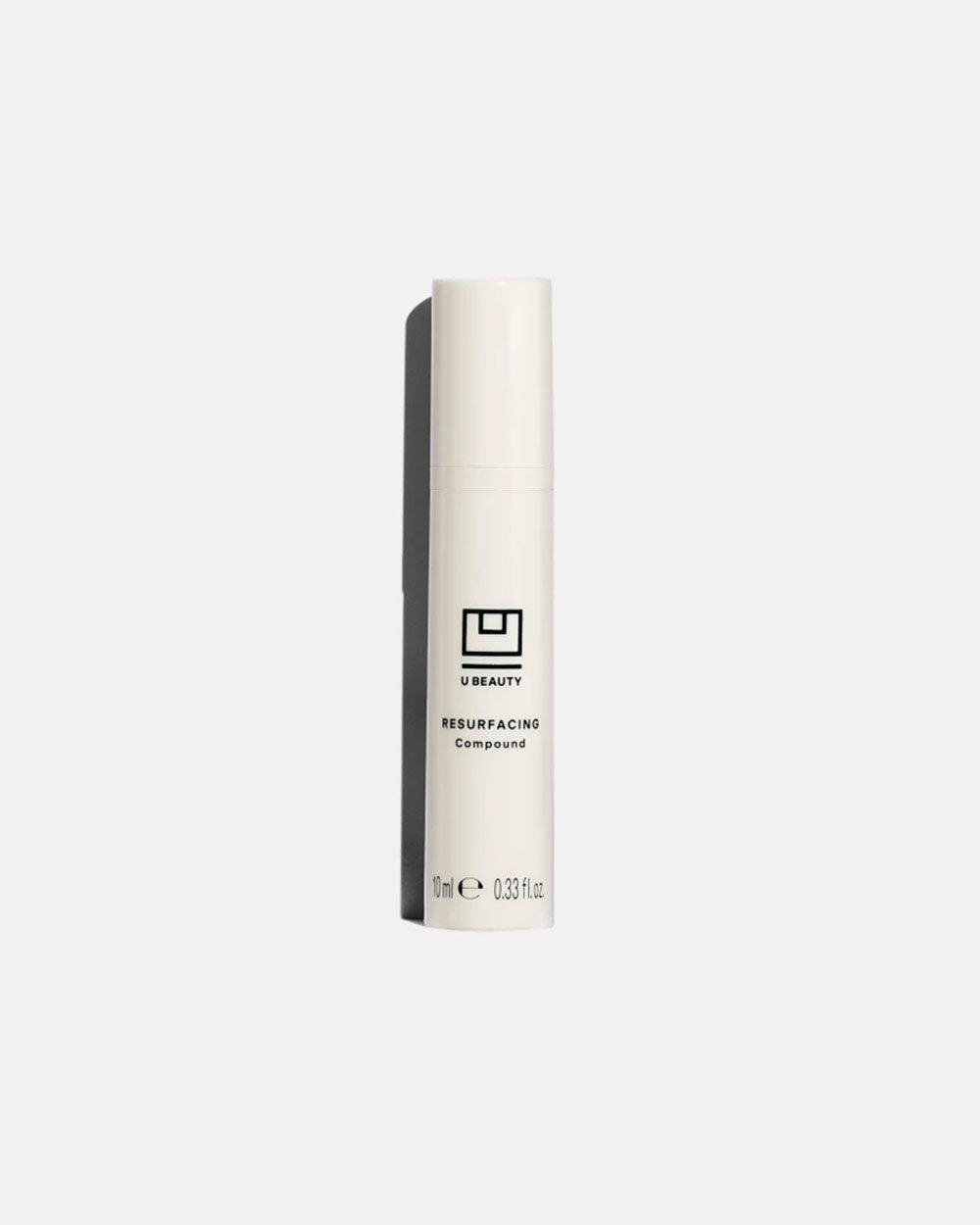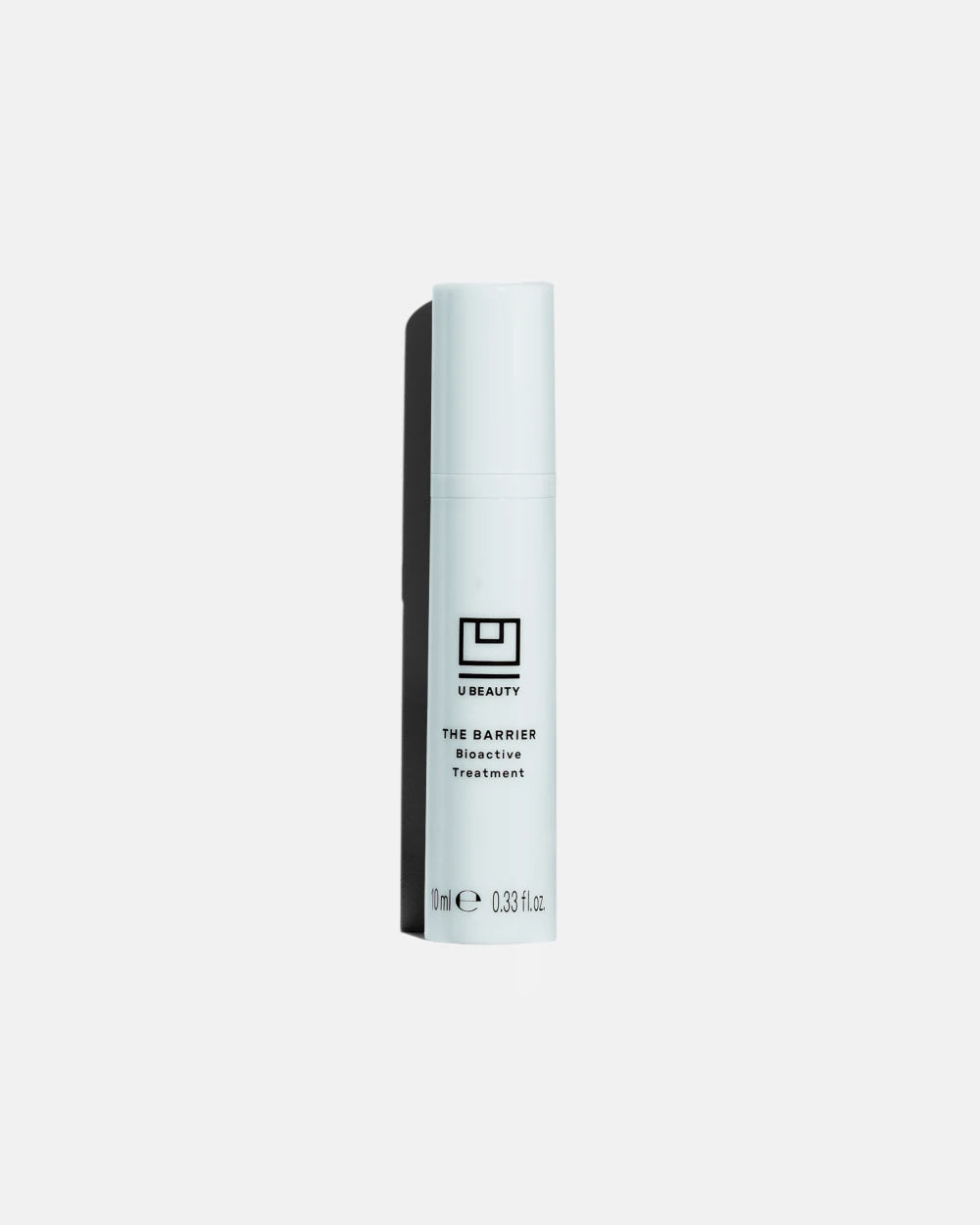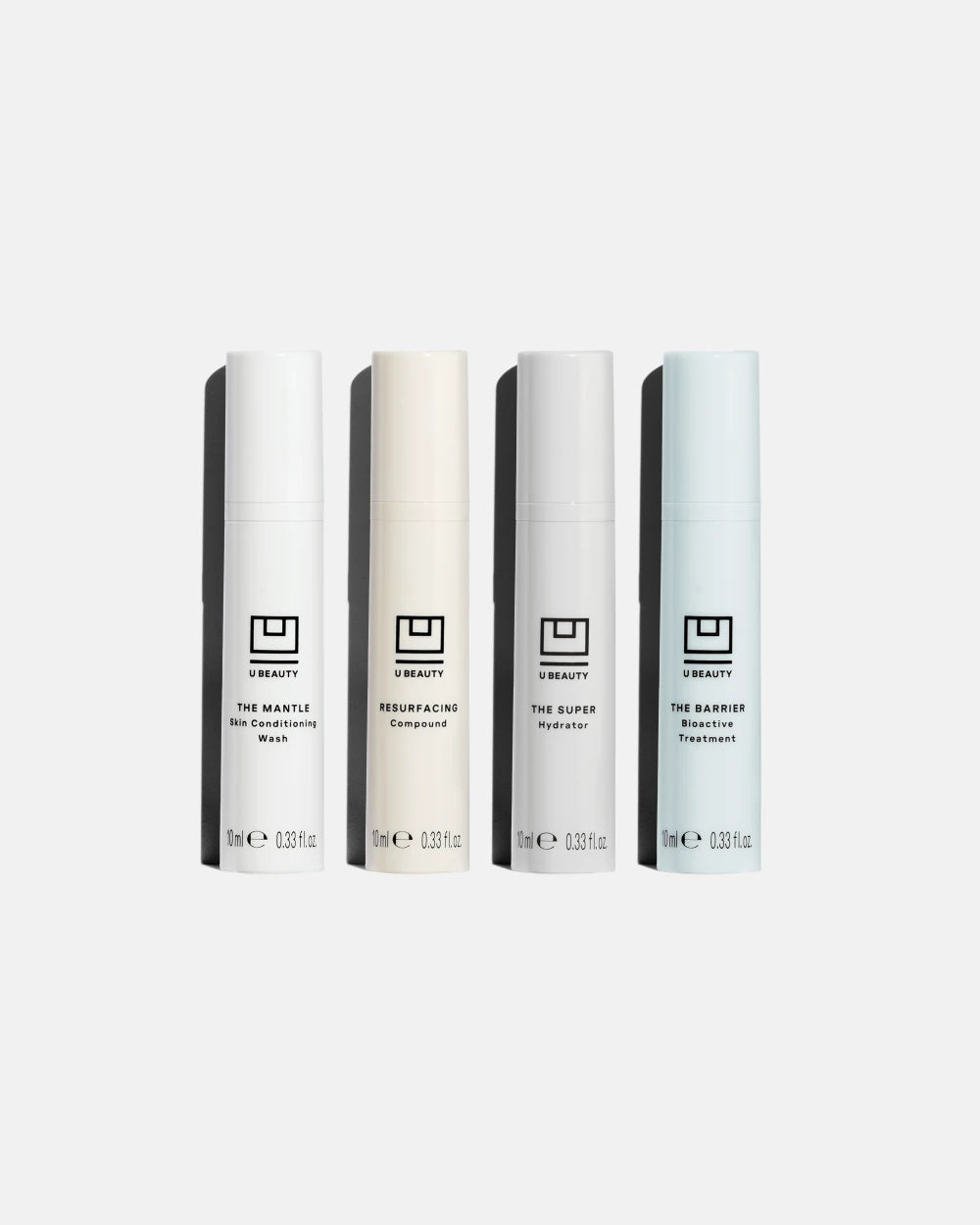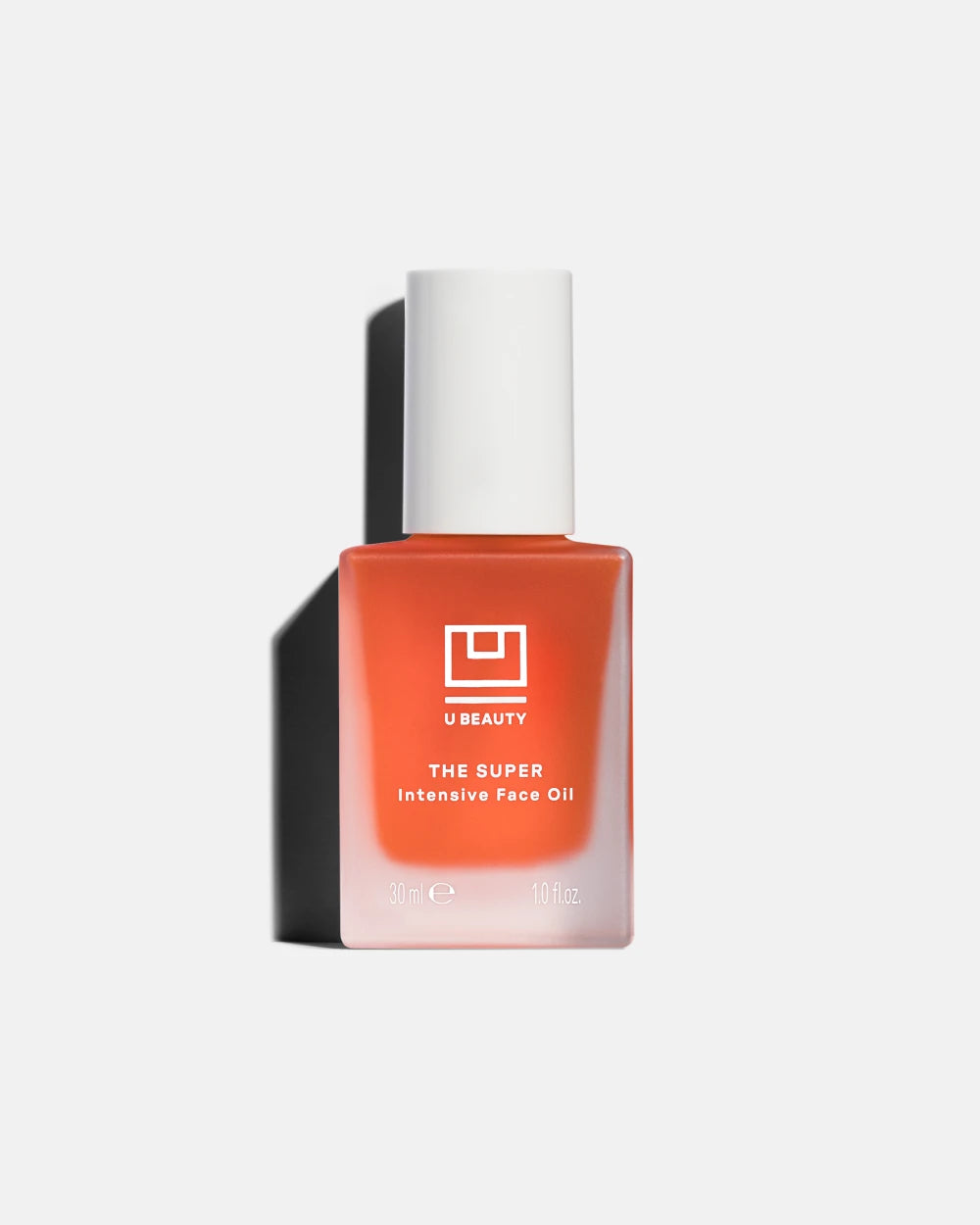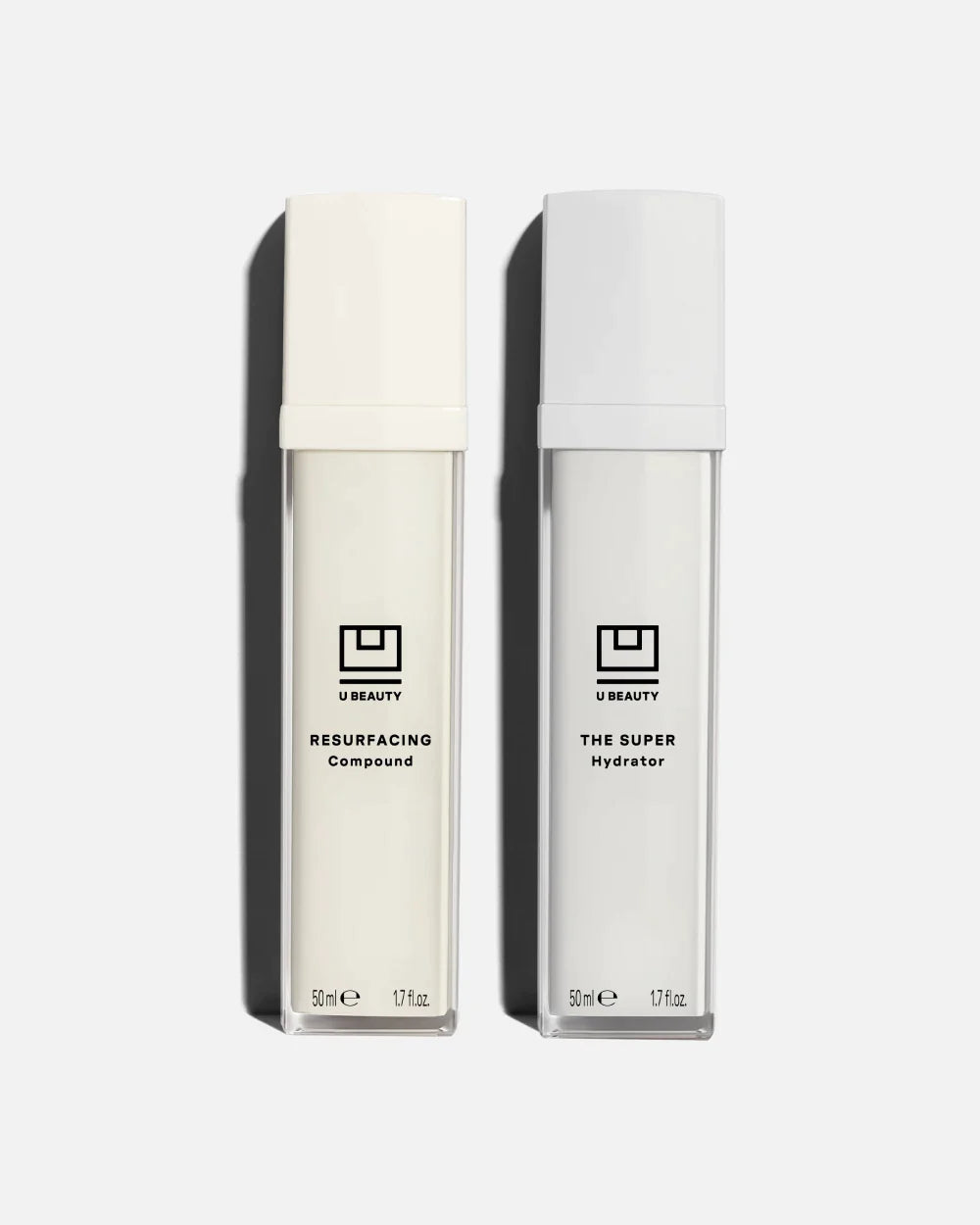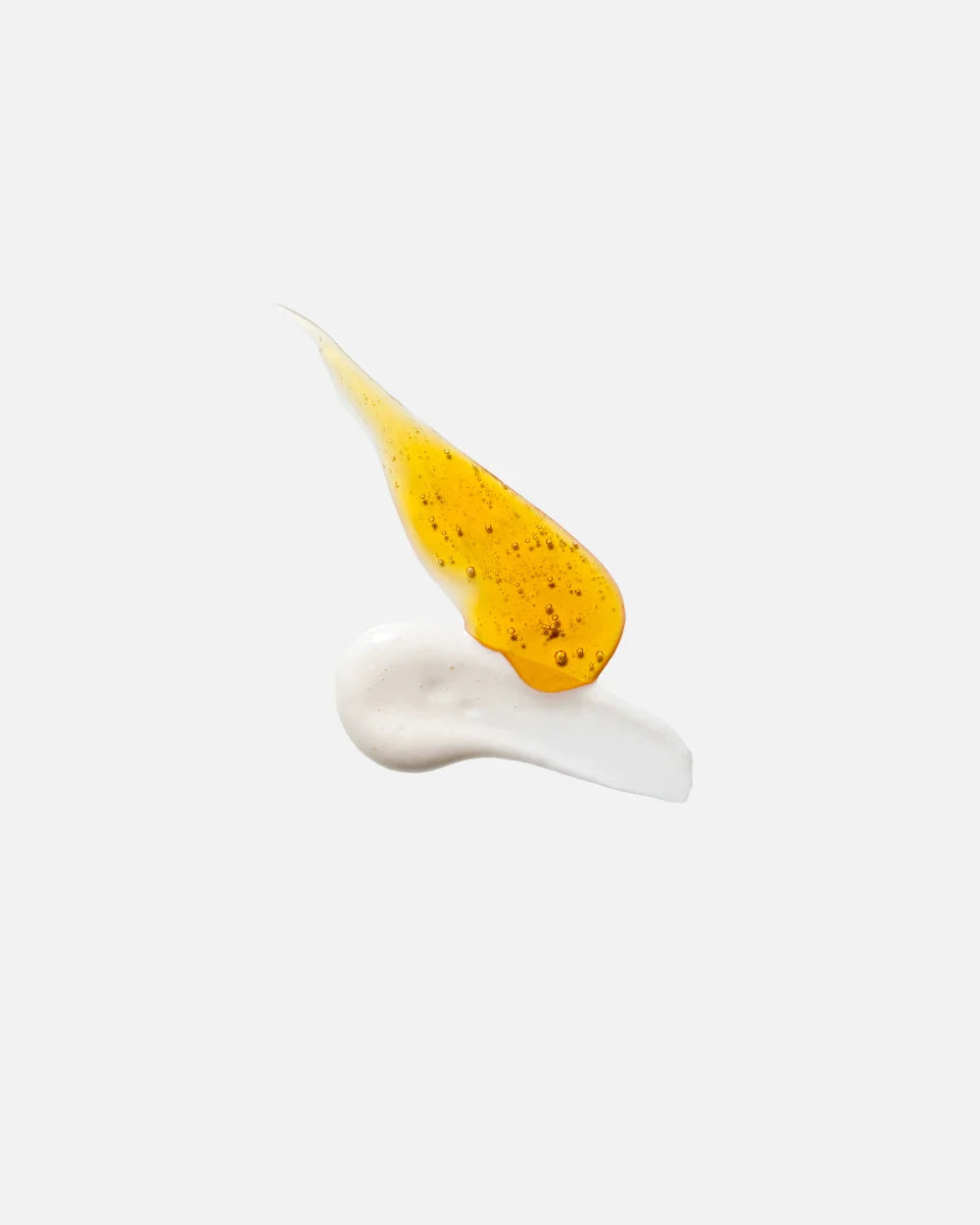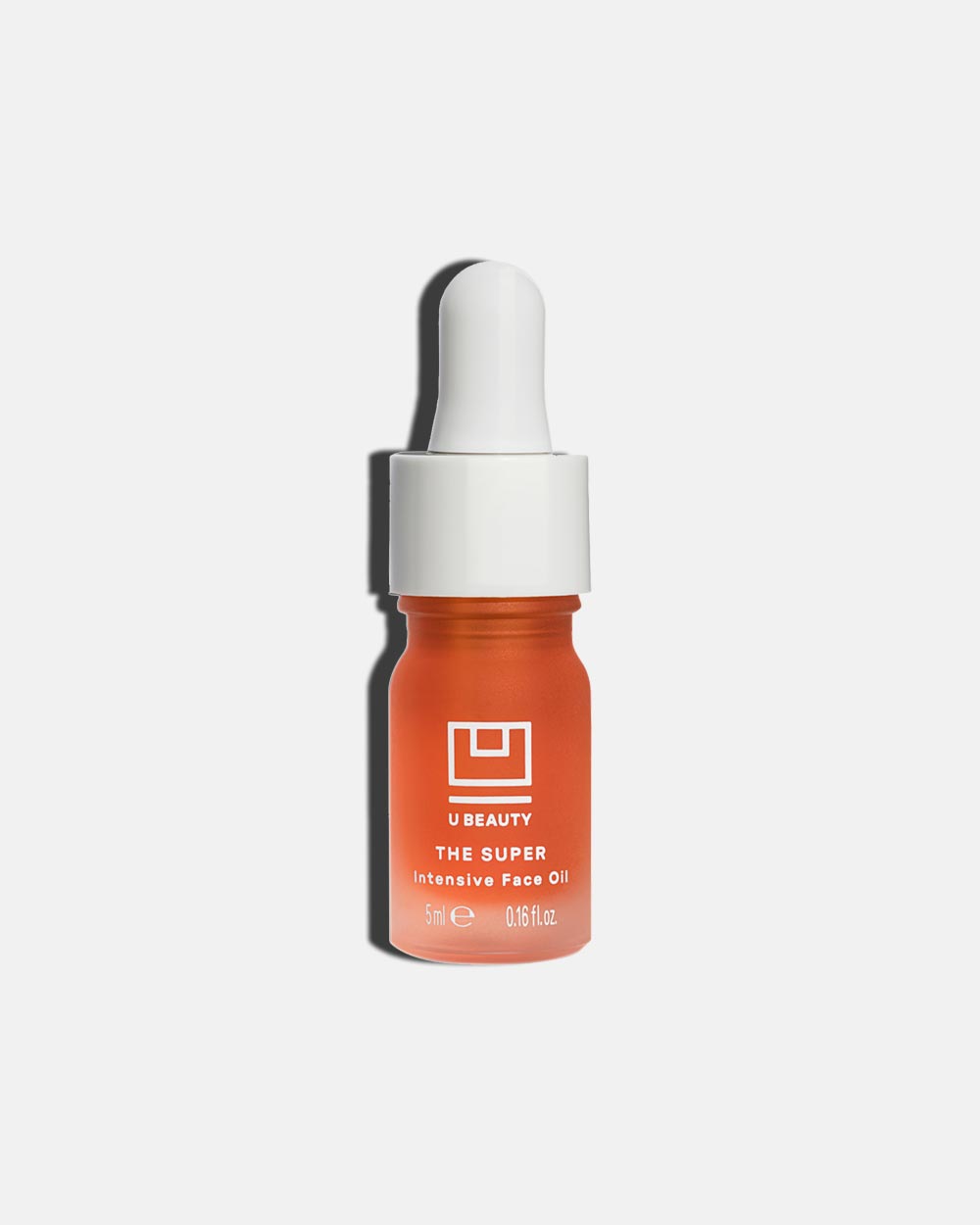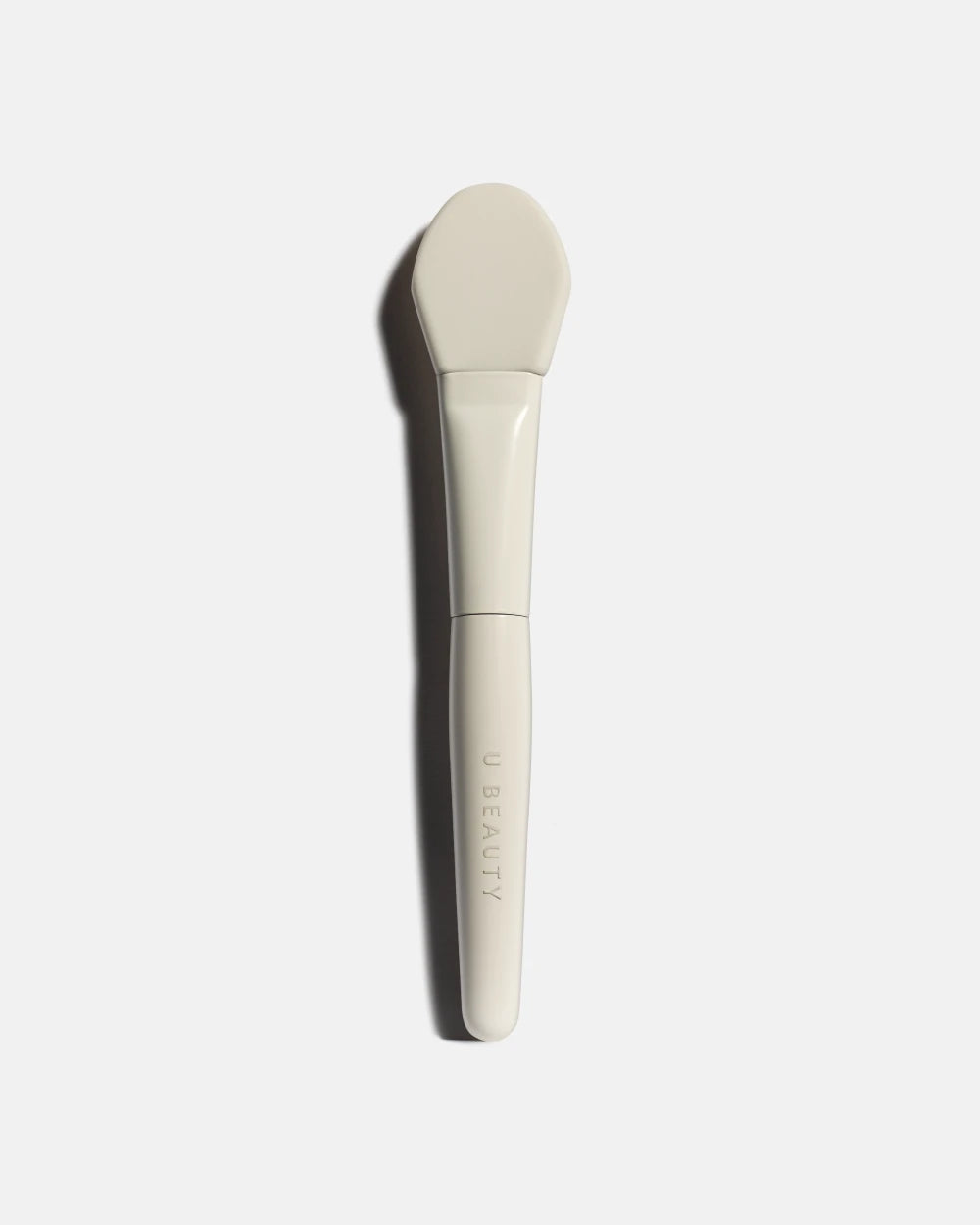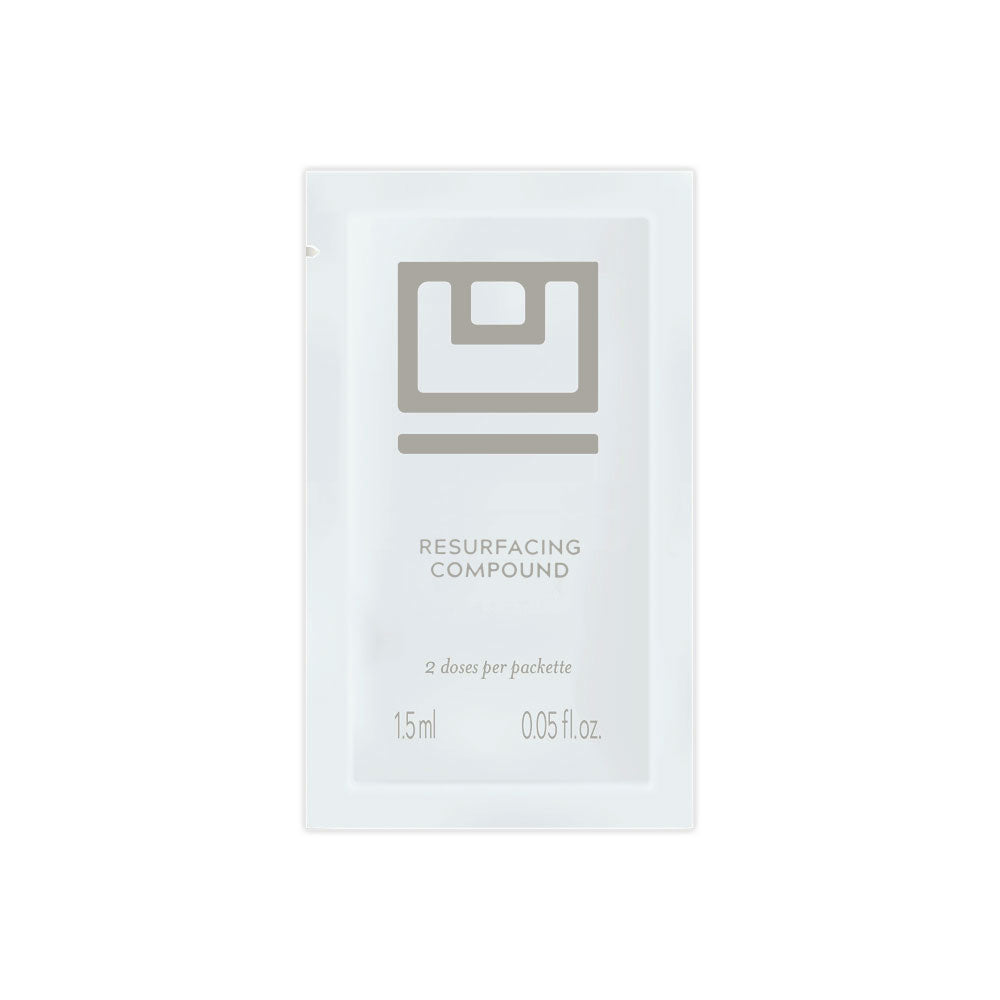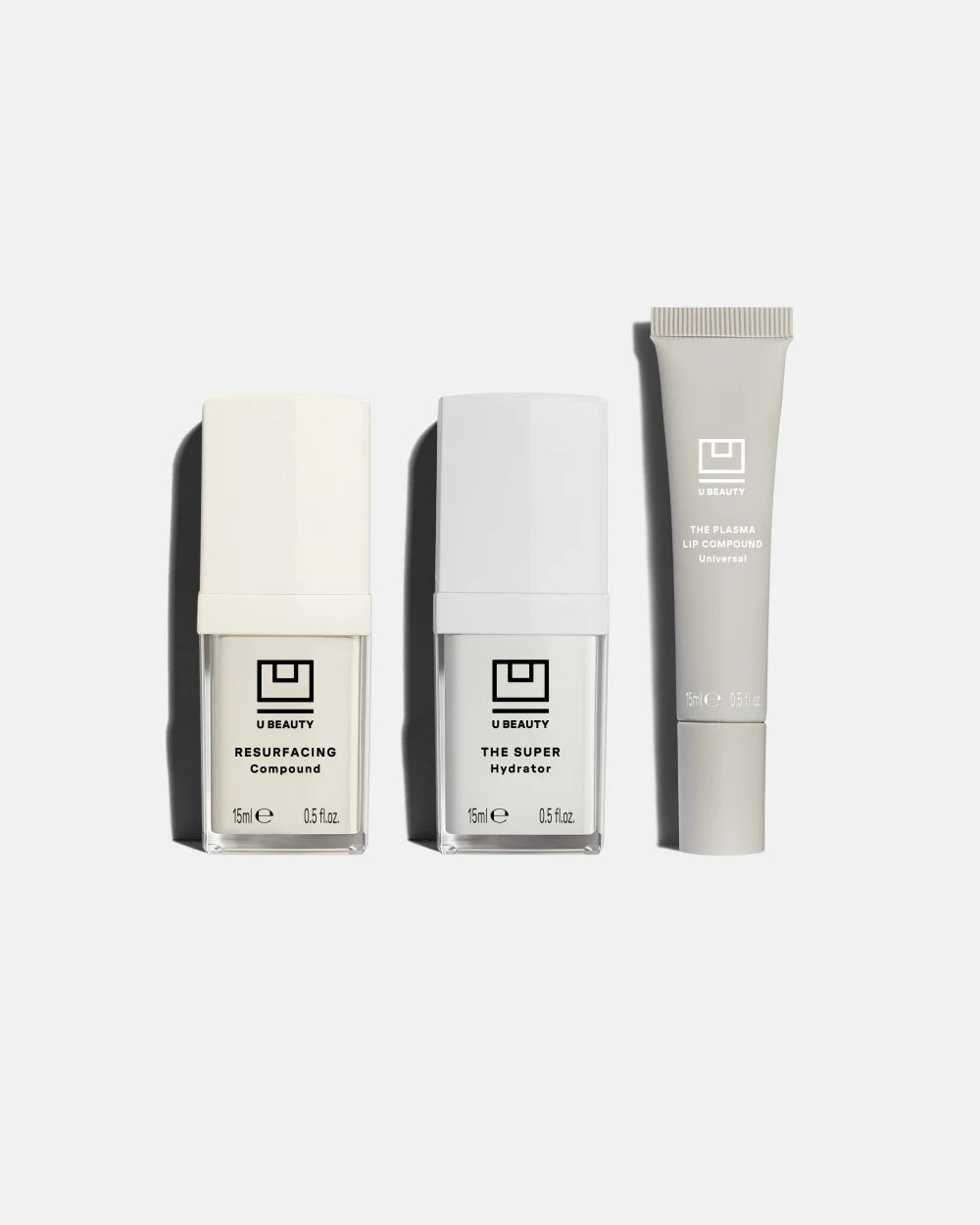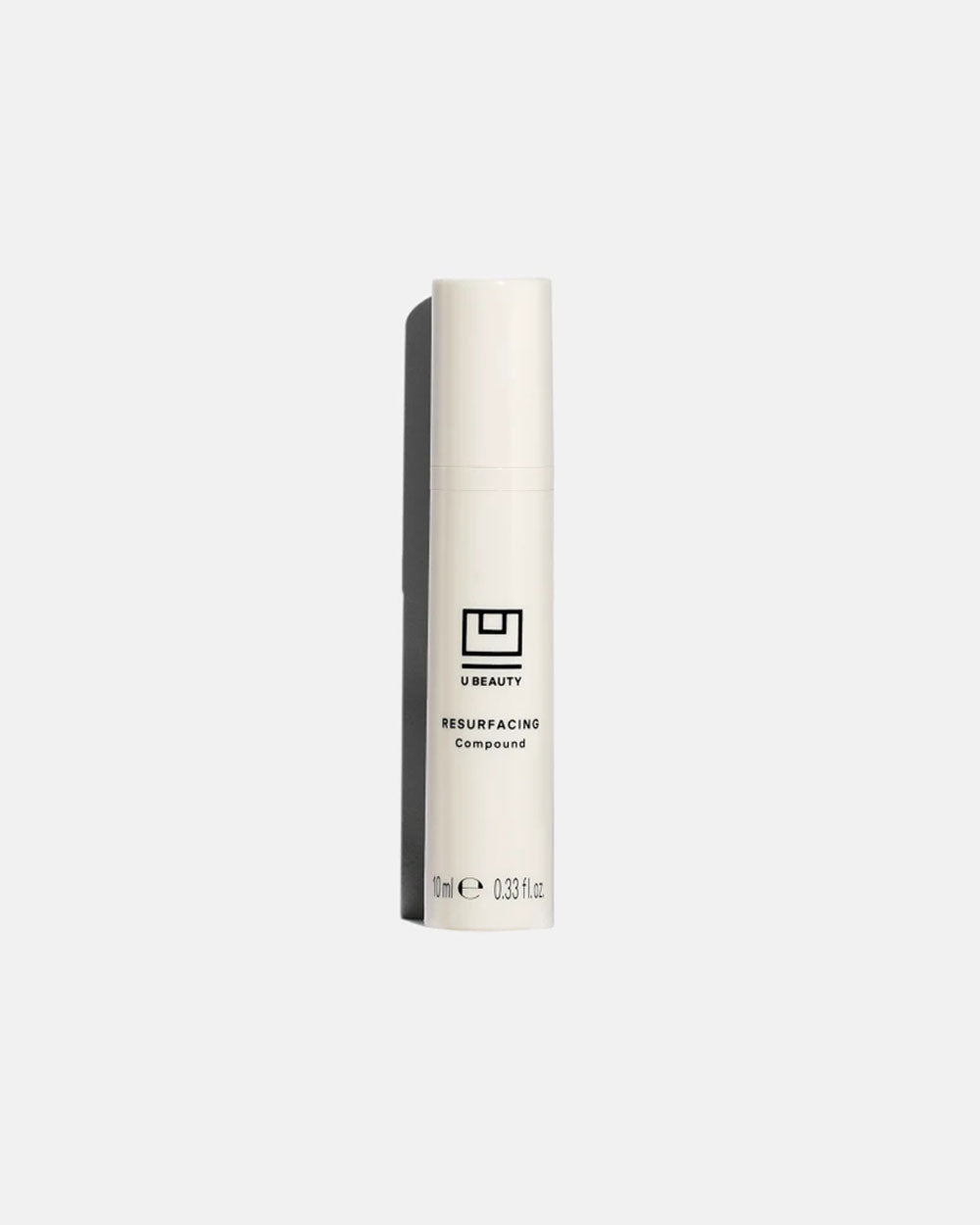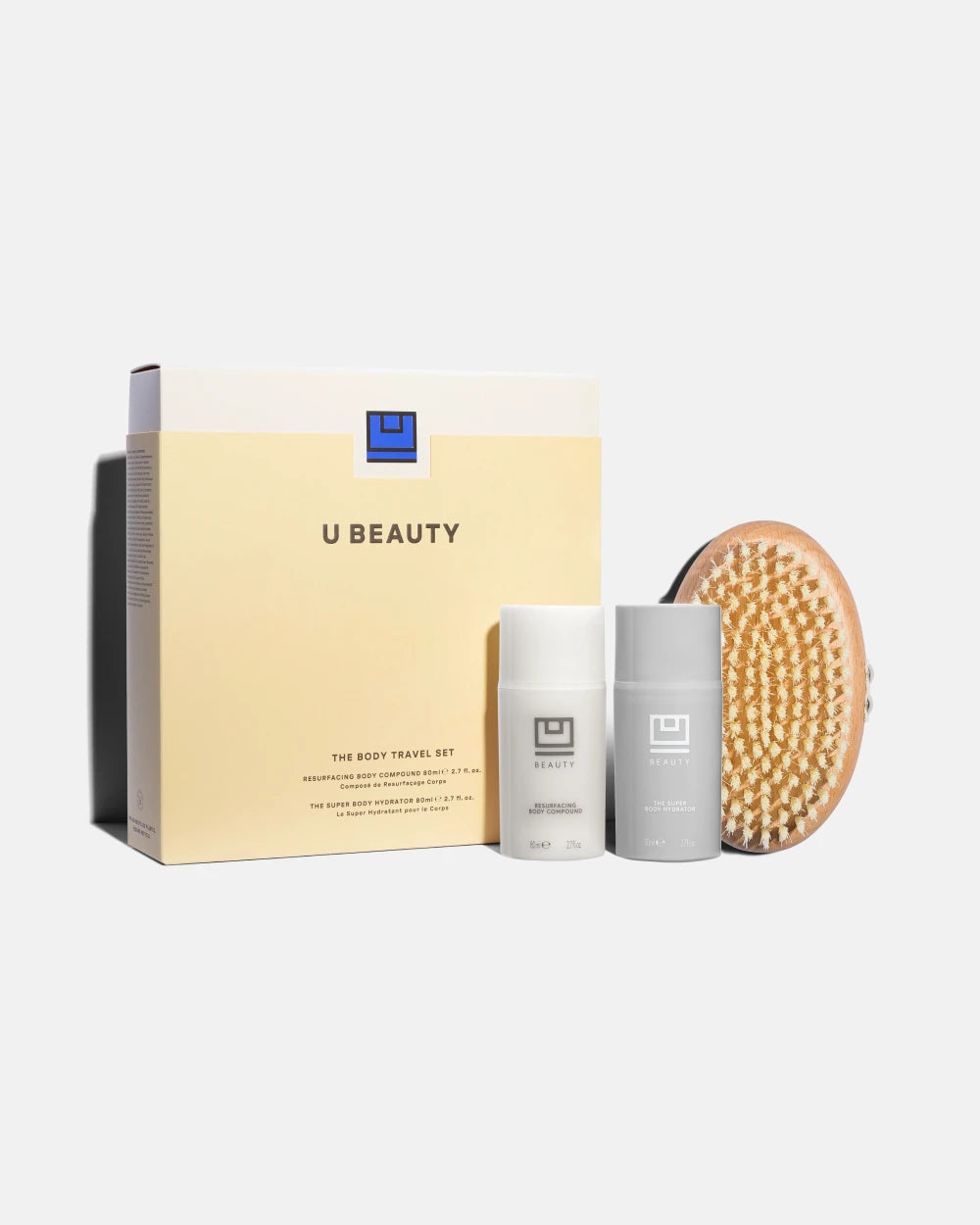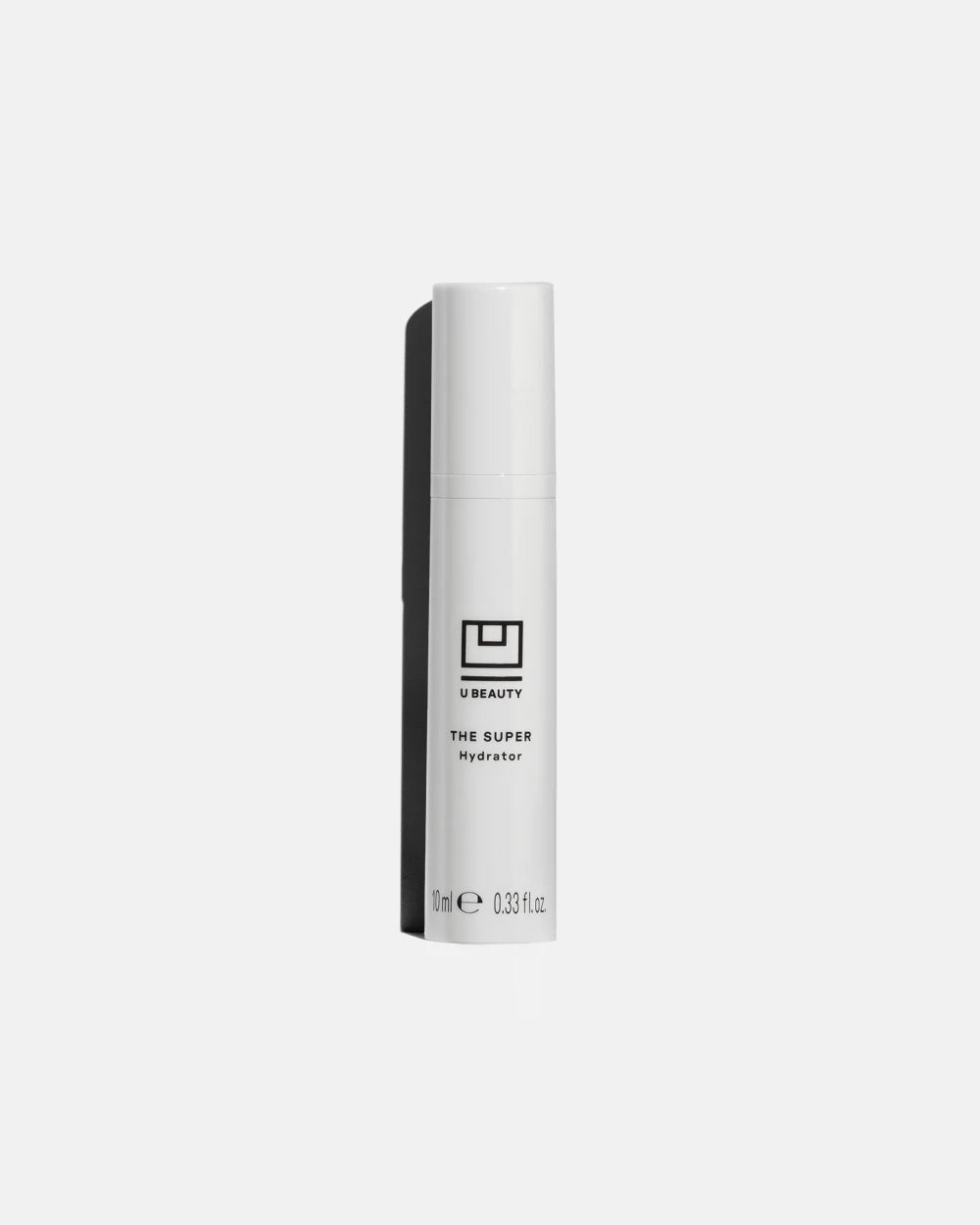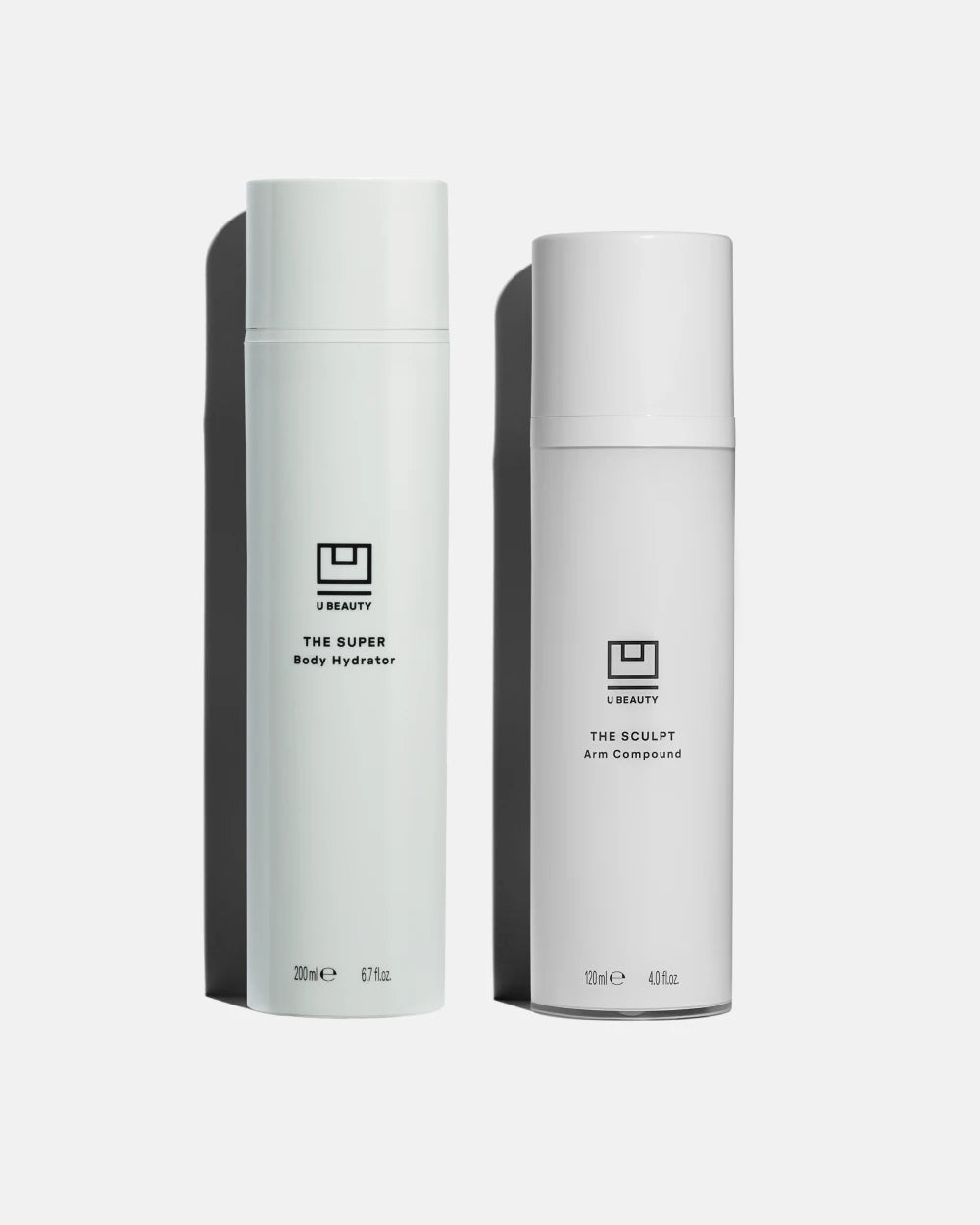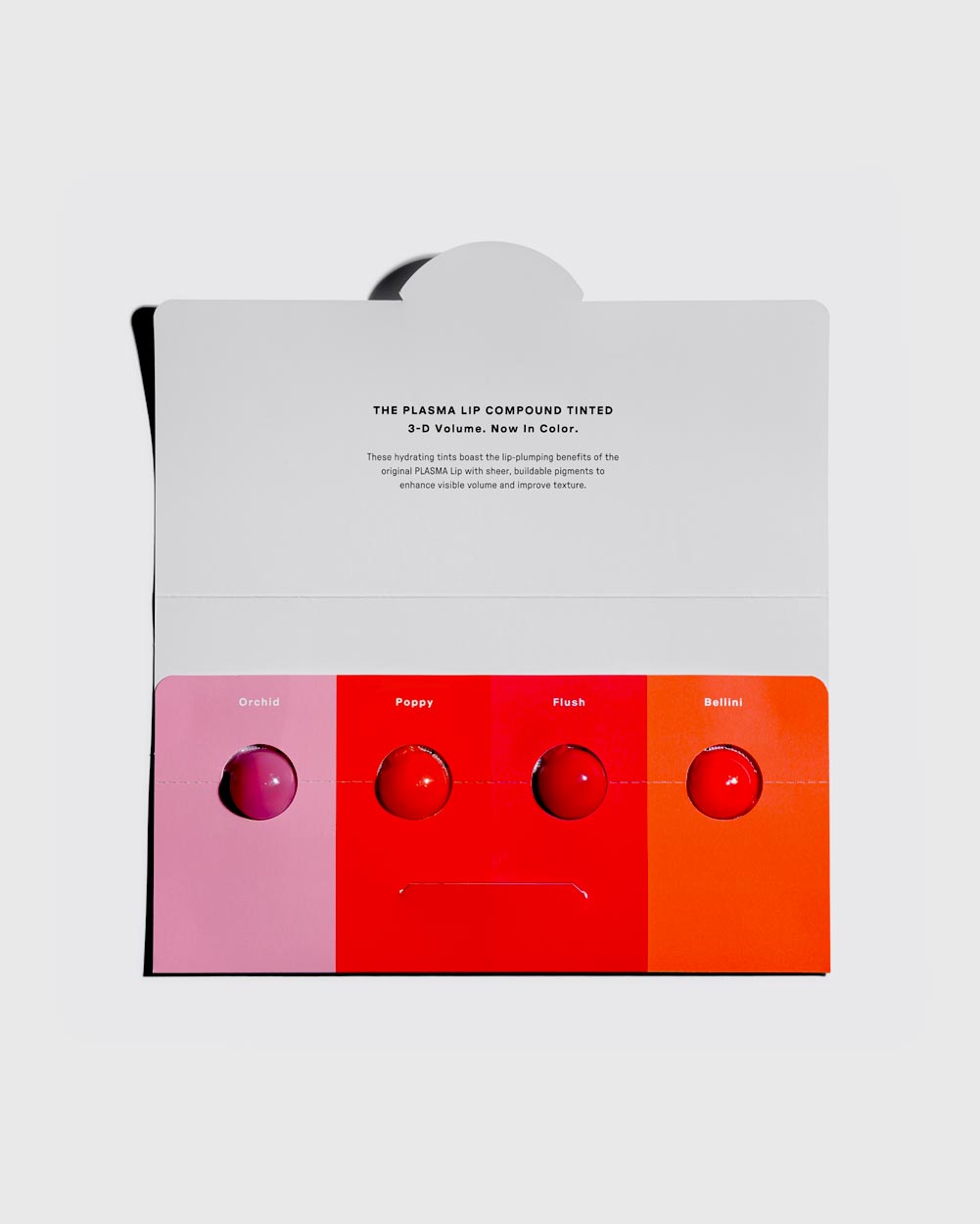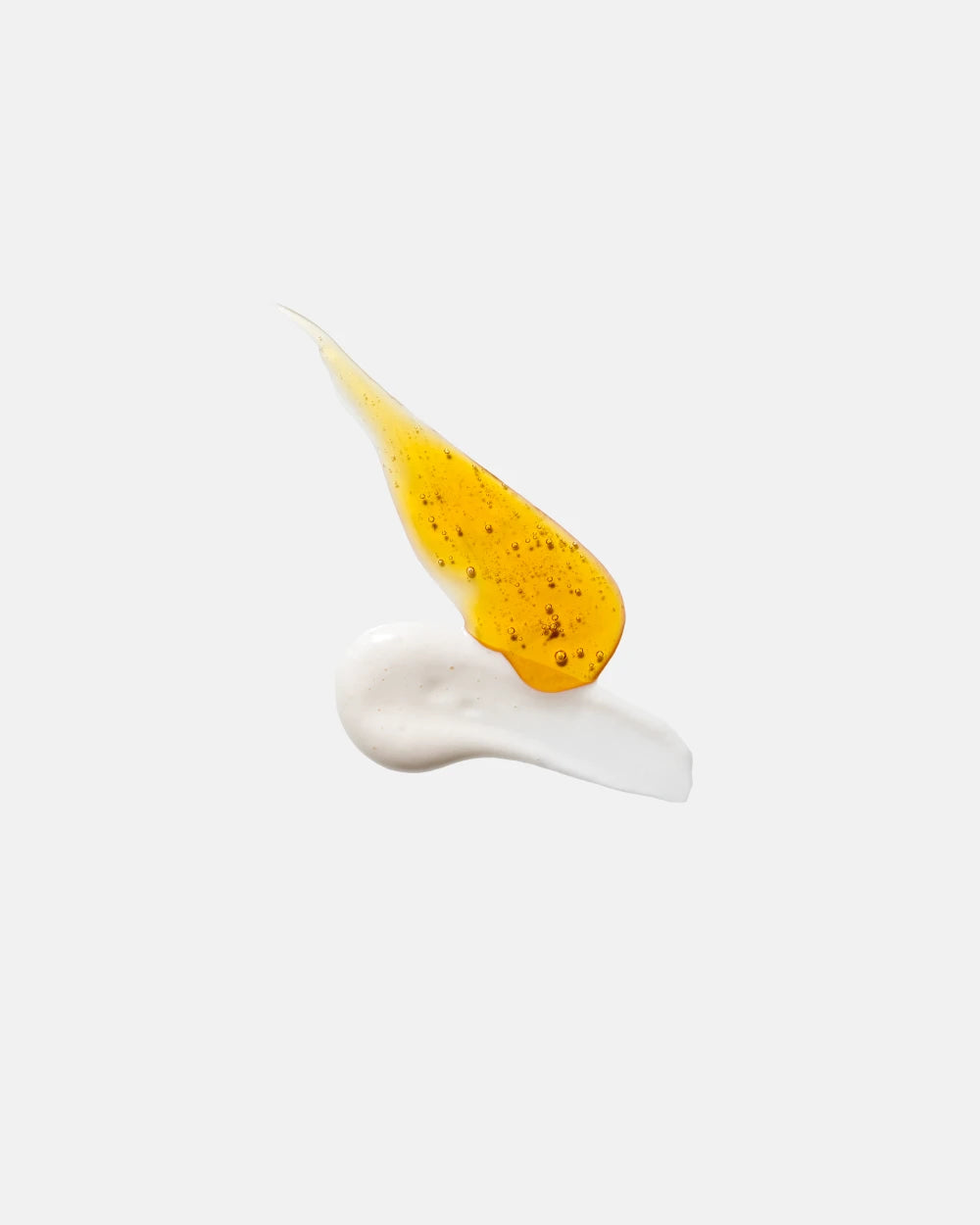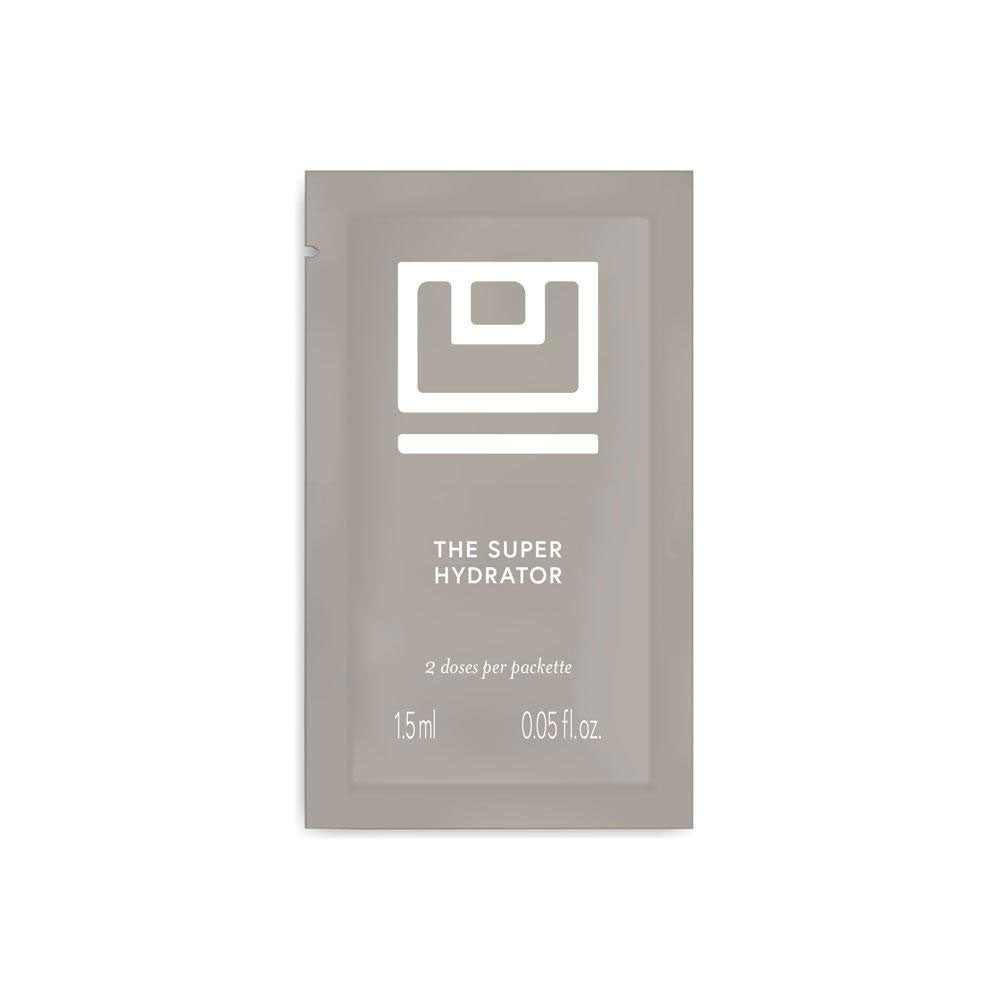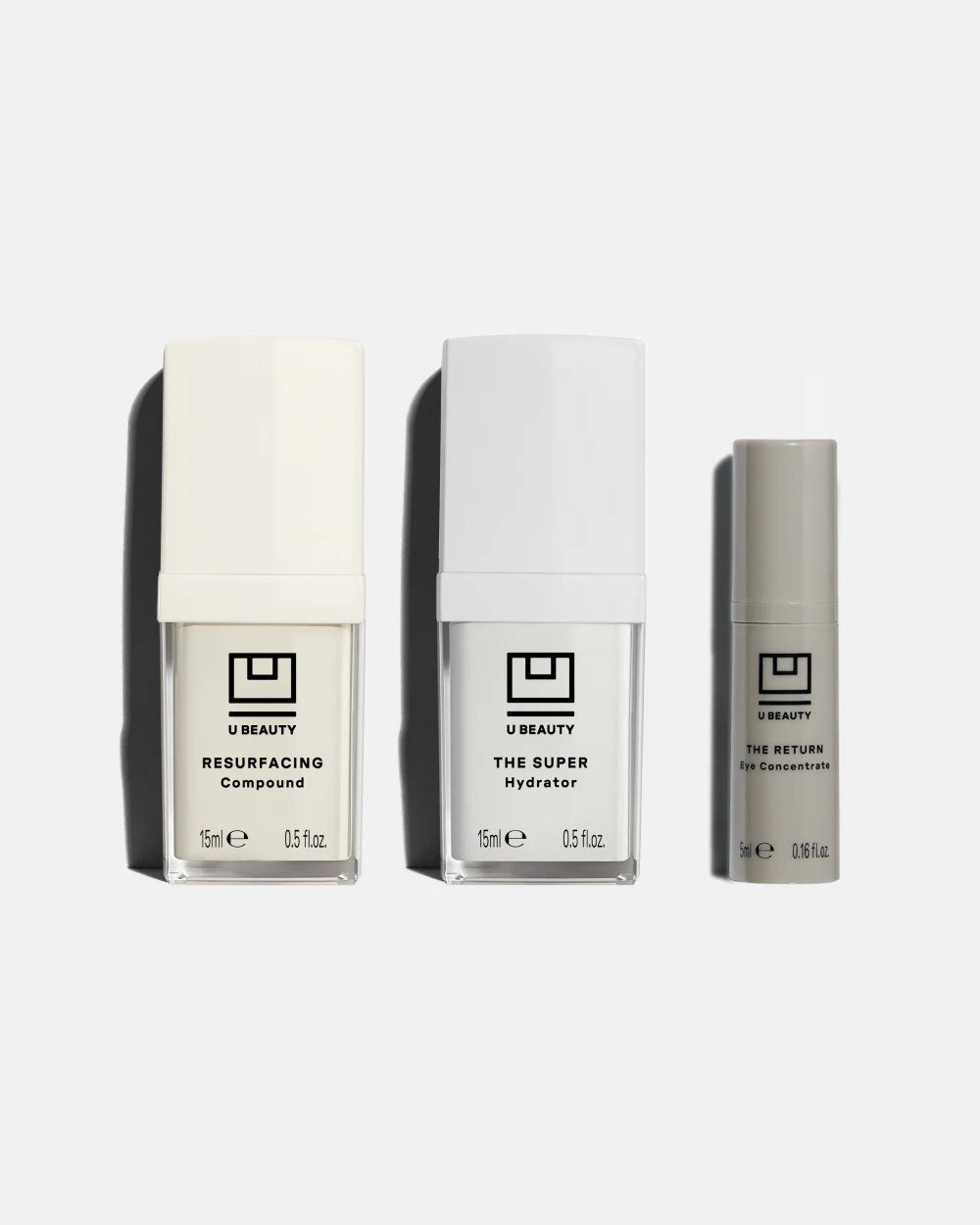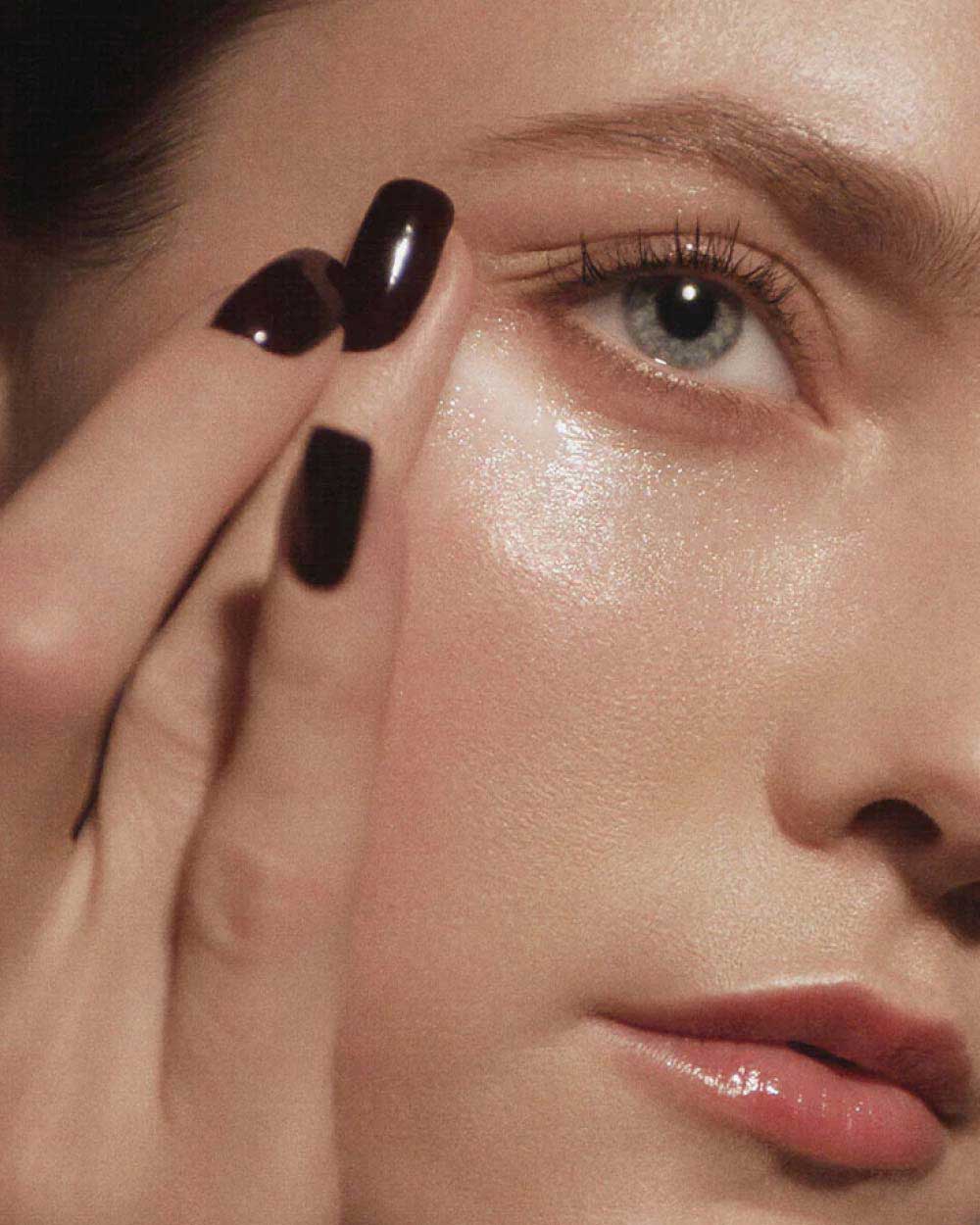What Causes Uneven-Looking Skin Tone?
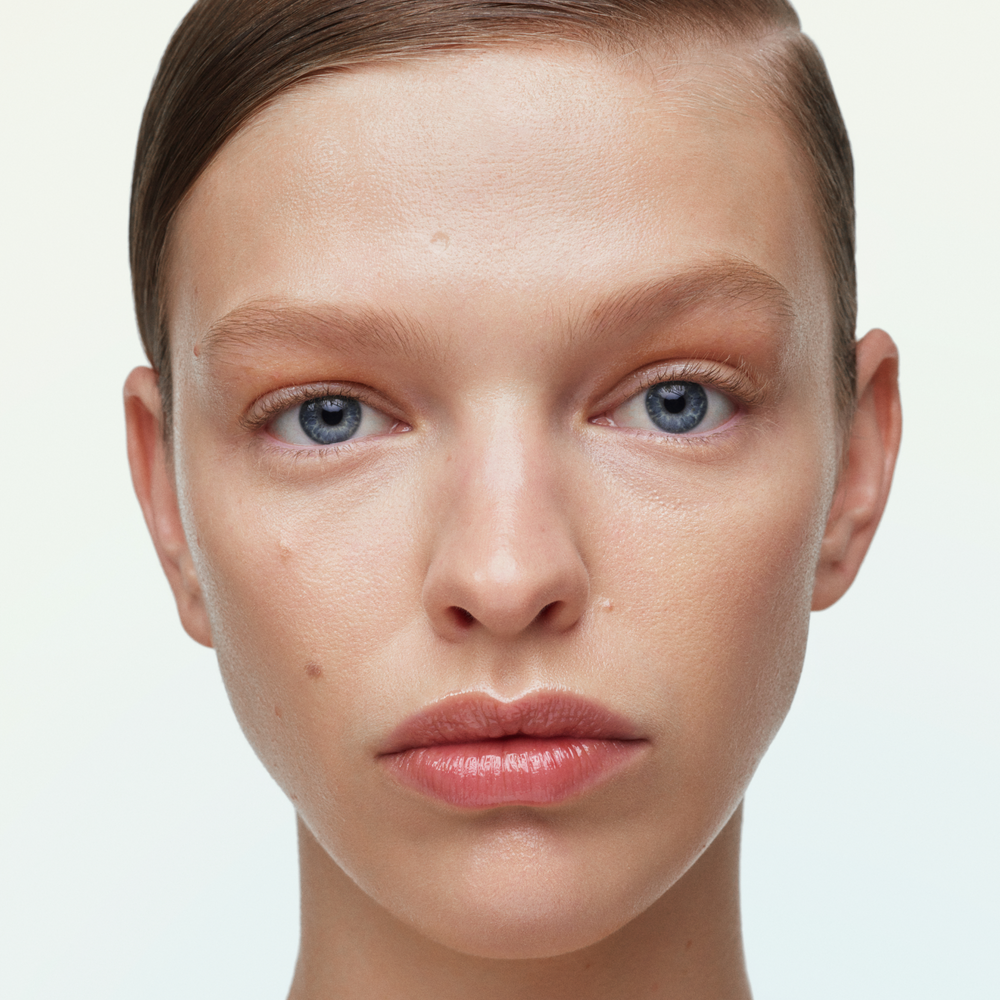
What Causes Uneven-Looking Skin Tone?
In the pursuit of attaining a smooth, even, glass-like complexion, it can feel frustrating when you’re perpetually stuck in a seemingly never-ending cycle of rough patches and dark spots. As with many skincare concerns, the first step to addressing an uneven-looking skin tone is understanding what causes it.
What Does an Uneven Skin Tone Look Like?
An uneven skin tone is any skin tone with noticeable variations in color or texture. For instance, your skin might have red areas or dark spots. An uneven skin tone would also include skin that appears dry, rough or scaly in some areas.
Many people have uneven skin tones, and it’s a very common skincare concern. That said, it is important to keep track of your skin health and take note of any sudden changes in your skin texture or appearance.
Uneven skin can be normal, but it may also indicate a more serious skin issue if it shows up overnight or has noticeable changes. If you’re ever concerned that your uneven skin tone could be due to something serious, it’s a good idea to contact your dermatologist.
What Are the Causes of Uneven Skin Tone?
Once you understand what’s causing your uneven-looking skin tone, you can take steps to address it at the source.
Here are some of the most common causes of uneven skin tone.
Genetics
One potential cause of an uneven skin tone is genetics. Many skin conditions are genetic—for instance, vitiligo is an autoimmune condition where the body’s immune system attacks melanocytes, or melanin-producing skin cells. This creates a mottled or patchy skin tone.
You may also have an uneven skin tone if you have oily skin or if you're prone to breakouts. Extreme blemishes and oily skin can have genetic factors, and having oily skin is often a risk factor for developing breakouts. The aftermath of such blemishes can leave behind dark spots and scarring.
Sun Damage
You may know that sun exposure can cause sun damage and sun spots, also known as freckles. However, damage from UV rays can also contribute to long-term skin tone unevenness.
UVA radiation exposes the skin to free radicals, which are atoms that are missing an electron. These unstable atoms steal electrons from other atoms, creating more free radicals in the process. Ultimately, this can cause major skin damage, even impacting melanin production. Free radical damage can cause melanocytes to produce excess melanin.
However, UV rays aren’t the only sources of free radicals. You can also experience free radical damage after exposure to air pollution, chemicals and stress.
Dead Skin Buildup
As skin renews itself, it sheds old skin cells. These dead skin cells can pile up on your skin, forming a rough-looking layer.
These dead skin cells cannot hold moisture, which can cause the skin to have a rough and dry appearance. This is different from having a dry skin type—dry skin is the normal state of the skin for those with a dry skin type, while dead skin cell buildup can cause patches of uncharacteristic dryness.
Aging
Another common cause of an uneven skin tone is aging. The appearance of signs of aging, such as fine lines and wrinkles, can cause shadows on the face, which can make the skin look uneven.
Skin also tends to lose its natural supply of hyaluronic acid as it ages, which can cause dryness. This dry skin can show up as patchy spots of flaking skin that look and feel uneven.
Aging can also affect the skin’s natural collagen production, causing it to slow over time. This contributes to the increasing appearance of wrinkles as we age.
Finally, aging skin can develop age spots over time. These are a common sign of aging skin and result from years of sun damage built up over time.
Hormonal Changes
Finally, hormonal changes can have an effect on skin tone. For instance, pregnancy is known for causing glowing skin—however, it can also cause excess pigmentation in some cases.
Many women also notice that their skin tone changes with their menstrual cycle. This is because the hormones progesterone and estrogen rise and fall in different phases of the menstrual cycle, causing changes in skin dryness and radiance.
How Can You Address an Uneven-Looking Skin Tone?
There are several ways to manage an uneven-looking skin tone, such as over-the-counter skincare products, prevention tactics and professional treatments.
Topical Skincare Products
You likely already have a skincare routine made up of over-the-counter skincare products. When it comes to an uneven-looking skin tone, it’s all about making sure you’re using the right ingredients.
For instance, exfoliating ingredients like alpha hydroxy acids (AHAs) can help gently remove dead skin cell buildup, helping the skin appear smoother and fading the appearance of dark spots. Popular AHAs include glycolic acid and lactic acid.
Meanwhile, beta hydroxy acids (BHAs) like salicylic acid can help the skin appear less oily, which may help manage imperfections. On the other hand, antioxidants like vitamin C and vitamin E can help minimize the appearance of dryness and fine lines.
You can also help your skin tone look more even with retinol, an ingredient that helps smoothen the look of the skin and minimize the appearance of dark spots. Other helpful ingredients include kojic acid and niacinamide, a vitamin B3 derivative.
To take advantage of these brightening ingredients without splurging on a whole medicine cabinet of skincare products, try our resurfacing serum. U Beauty's Resurfacing Compound uses double patent-pending SIREN Capsule Technology to deliver ingredients like stabilized retinol, stabilized vitamin C, multi-hydroxy acids and hyaluronic acid to the areas of skin most in need of recuperation.
Prevention
While it’s possible to help the skin look more even, one of the best ways to address the issue is to keep it from happening in the first place. One way to protect your skin is to wear sunscreen daily to block sun damage.
When choosing a sunscreen, it’s generally recommended to choose one with an SPF of at least 30. For instance, consider our Multimodal Defender Broad Spectrum SPF 30. This innovative product offers comprehensive defense against UVA, UVB, infrared, and blue light radiation.
Additionally, this advanced solution actually diminishes discoloration, dark spots, sun-induced freckles, and fine lines. By combining multiple strategies, MMD not only shields against various light sources but also addresses existing signs of sun damage, promoting overall skin health.
Plus, it contains ingredients like vitamin C, hyaluronic acid, glycolic acid and shea butter to help improve the appearance of existing sun damage.
Professional Solutions
Finally, professional treatments can help create a more even skin tone. These can only be offered in a dermatologist or esthetician’s office.
While the effects can be dramatic, these treatments often require a lot of downtime, and some of them can only be performed safely a couple of times before the side effects outweigh the benefits.
These treatments include:
- Chemical peels
- Laser treatments
- Dermabrasion
- Microcurrent facials
Keep It Even
An uneven skin tone can look like patches of dryness, blemishes, red patches and dark spots. These can often be caused by genetics, sun damage, aging, skin conditions and even hormones.
Luckily, it is possible to help the skin look more even if you use the right products in your skincare routine. At U Beauty, our products all use our SIREN Capsule Technology, which delivers top-tier nutrients to the most vulnerable-looking areas of your skin, where free radicals accumulate.
To learn more about our groundbreaking skincare technology, visit our website today.
Sources:
Ultraviolet radiation and free radical damage to skin | PMC
Decreased Collagen Production in Chronologically Aged Skin | PMC


